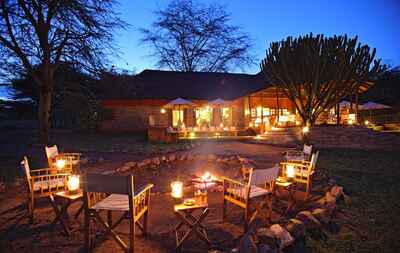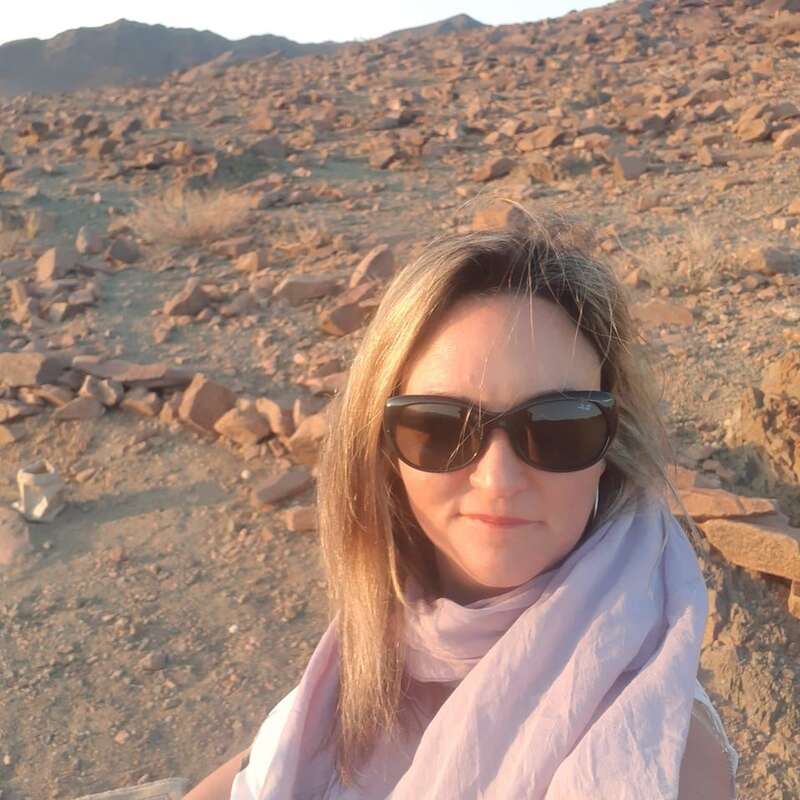About Mara Bushtops
Hugging the brow of a hill in its own private game sanctuary, Mara Bushtops is an exclusive, hotel-style, ...
... tented lodge a few kilometres outside the Maasai Mara National Reserve’s busiest gate. Based around the former home of Mara hunting and safari legend Glen Cottar, it features personal butlers and a well-stocked wine cellar.
While we didn’t stay at Bushtops we can easily imagine doing so for a honeymoon or a special treat. We liked the professionalism of the staff and the old-house dining room, and we loved the beautiful pool and the success they’re having with wild dogs and big cats in their private sanctuary. We were less smitten with the relatively busy location and the slightly disappointing views from what should be a spectacular vantage point on the lounge deck.
Our view
While we didn’t stay at Bushtops we can easily imagine doing so for a honeymoon or a special treat. We liked the professionalism of the staff and the old-house dining room, and we loved the beautiful pool and the success they’re having with wild dogs and big cats in their private sanctuary. We were less smitten with the relatively busy location and the slightly disappointing views from what should be a spectacular vantage point on the lounge deck.
Accommodation
13 tents
Children
Fine for well-behaved 8+
Open
All year
Activities

4WD Safari

Birdwatching

Cultural excursion

Fly-camping

Guided walking safari

Hot air ballooning

Night drive

Private activities
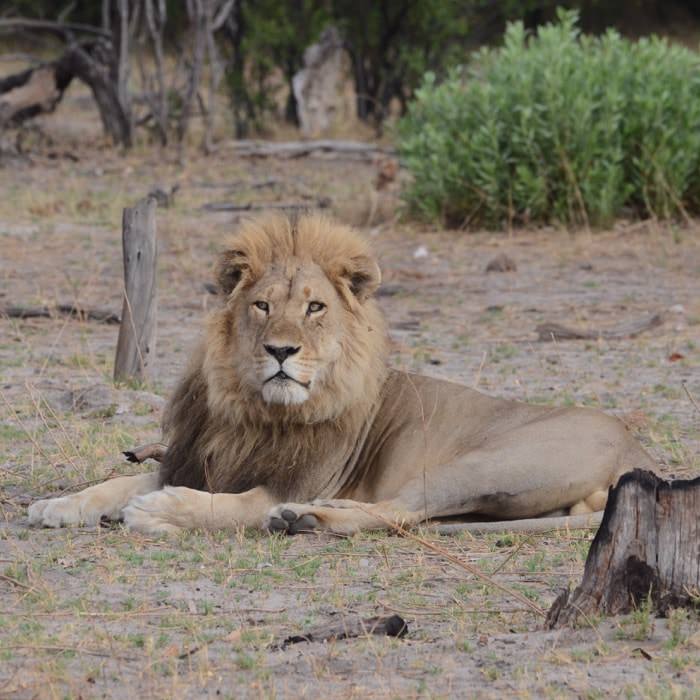
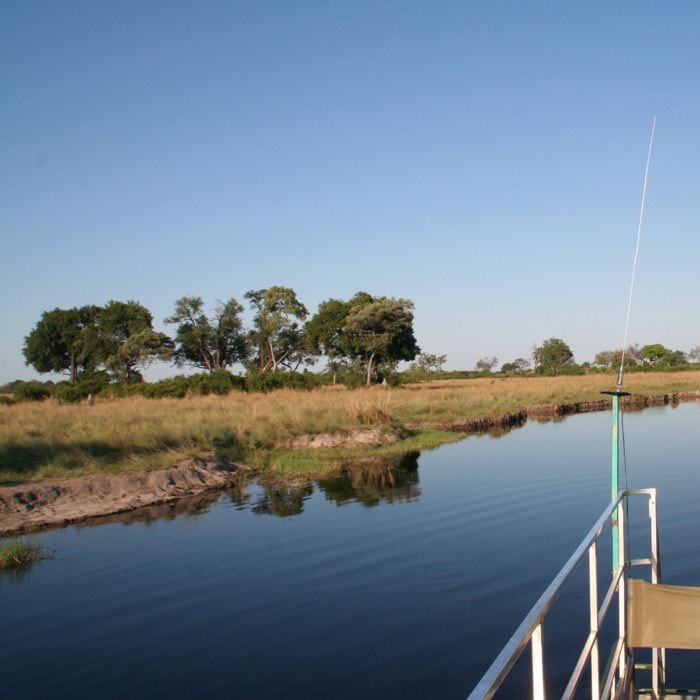
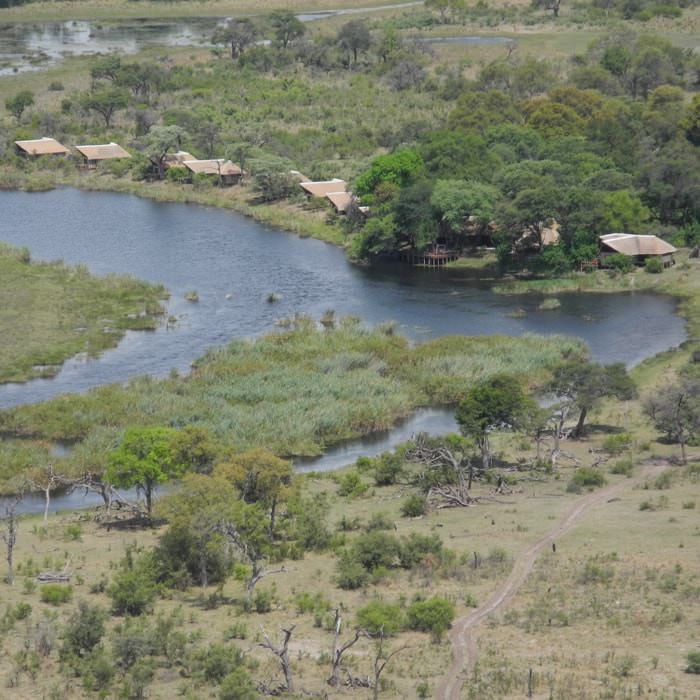
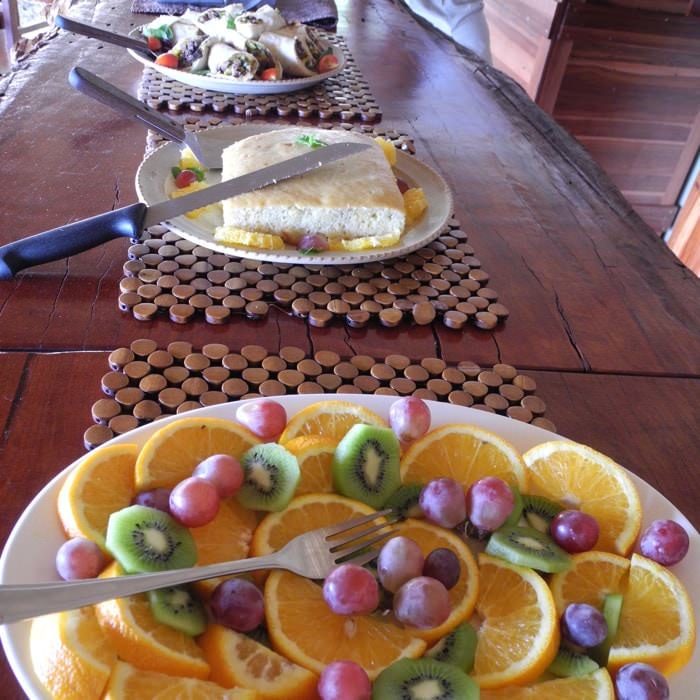
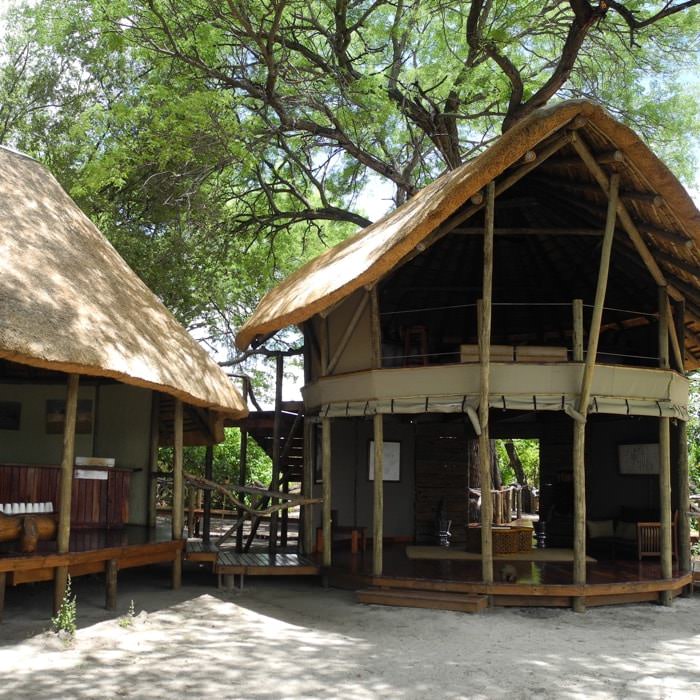
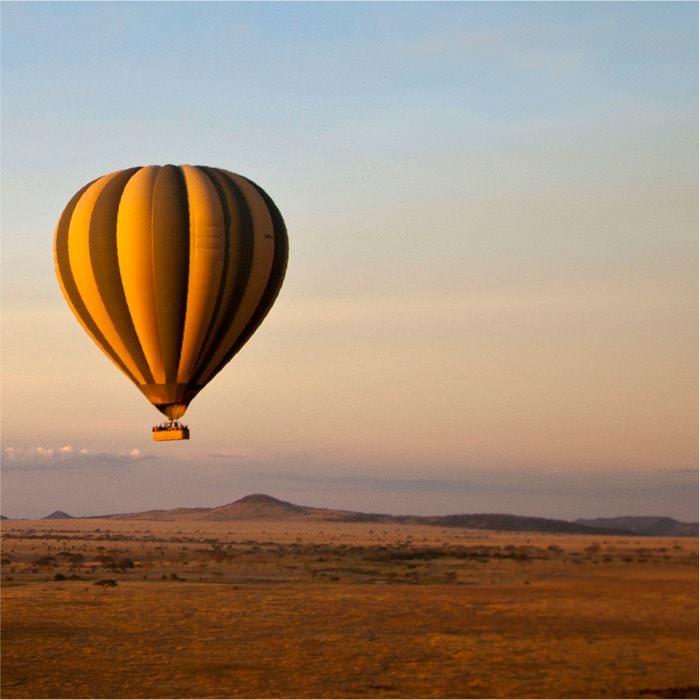
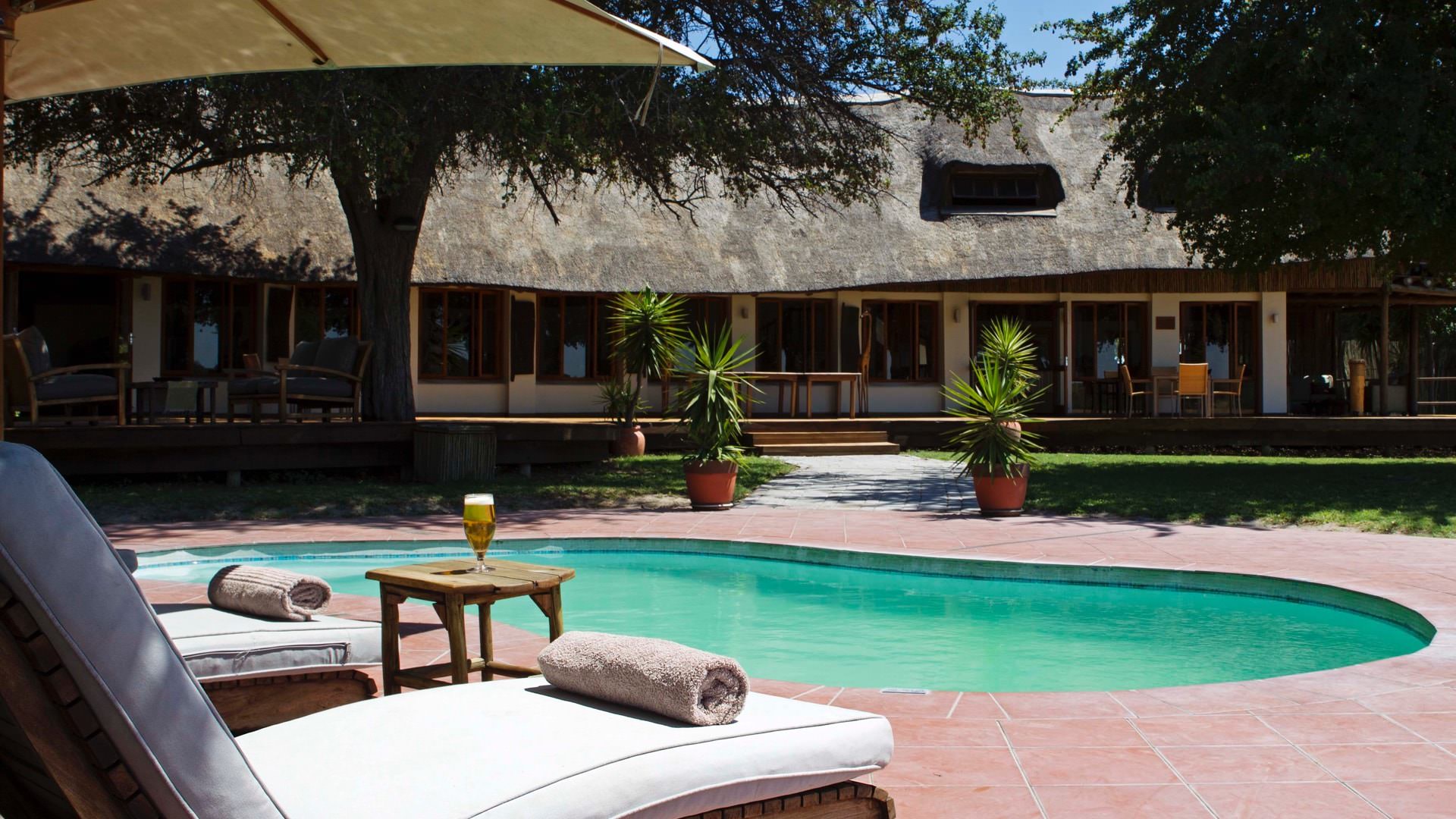
Expert Africa's gallery
When we travel we take lots of photos ourselves to give you a real and un-edited view of the safaris. See our 3 pictures of Mara Bushtops to get the candid view.
View galleryMara Bushtops: Our full report
Hugging the brow of a hill in its own private game sanctuary, Mara Bushtops is an exclusive, hotel-style, ...
... tented lodge a few kilometres outside the Maasai Mara National Reserve’s busiest gate. Based around the former home of Mara hunting and safari legend Glen Cottar, it features personal butlers and a well-stocked wine cellar.
Opened in 2007 as Mara Bushtops, the lodge was previously Cottars Mara Camp and before that a family home. It stands sentinel over a 26km² private game sanctuary on Siana Group Ranch, northeast of Sekenani Gate. In theory, the whole of Siana is a conservancy, but local tourism operators and the Siana Maasai community have yet to agree a comprehensive plan for limiting grazing and sharing the proceeds from visitors. By making its concession exclusive, Bushtops has preserved a small patch of land and ensured that its guests can have first-class wildlife experiences just minutes from the lodge.
From the elaborate security to the glamorous-looking tent decks and the painfully self-regarding rules about photography (hence the lack of images from Expert Africa) Mara Bushtops is the sort of place that seems to confide ‘I’m special; trust me’.
The central areas at Bushtops feel quite hotel-like, with vehicles checking in at the gate at the bottom of the hill, then pulling right up to the 1980s-built reception in the main building at the top of the hill. Just inside, the main lounge has a colonial-meets-central-Africa feel, and houses a star-gazing telescope, and the shop stocks high-quality curios. A few steps away, the lounge gives onto a beautiful deck, with an infinity pool and sunloungers to one side.
A little down the hill is the intriguing dining room, located in the original Cottars’ home – a stone building with a stone floor and high, thatched roof, from which hang lights designed to look like the fruits of the sausage tree. Bushtops’ extensive wine collection is stored in a cool cellar under the restaurant. You can dine inside here, or elect to eat outdoors, closer to the firepit and the salt lick that is regularly visited by wildlife.
Sandy paths lead between Mara Bushtops’ main area and the 12 tents (each 110m² in area), which are magnificently designed tent-room hybrids, with roofs that are part tent ceiling and part luxurious display of bedroom drapery. The bedsteads behind the huge double or twin beds are set off with African masks and every room’s deck has its own wooden hot tub. An antique-style telescope, plus mammal and bird guides, are provided in each tent.
The tents sit on large wooden decks, have complete privacy, and can open up completely at the front and sides. Sunloungers are provided on the verandas and table and chairs are already set up for private dining. Minibars and fridges (extra charge) are replenished by the personal butler allocated to each tent, who can also be called by buzzer.
The very luxurious bathrooms feature twin washbasins, indoor and outdoor showers, bathrobes, and Bulgari soaps and toiletries.
Electricity, available 24 hours, is produced by solar panels and is evidently enough to power hairdryers, with a charcoal booster to heat shower water on cloudy days.
As well as these luxury tents, there is one, enormous family suite tent, consisting of two large rooms on either side of a very spacious lounge, a spa pool and a big sofa facing the plains in front.
The game drives at Bushtops are always accompanied by a spotter as well as a driver/guide. Guests can choose either to drive down to Sekenani Gate and into the reserve itself, or stay closer to the lodge on the Bushtops concession or the Siana Group Ranch. Walking safaris in the sanctuary are accompanied by an armed ranger and need to be reserved in advance. Bushtops is unique in the Mara in having a specially adapted night-drive vehicle with heat sensors, screens and a night-vision camera. And the exciting wildlife in this relatively small area is impressive, with lion, cheetah and leopard all regularly seen and, in 2011/12, a pack of 18 wild dogs in the area which denned and produced pups.
The lodge also does local village and school visits and there are two trained massage and treatment therapists, doing in-tent massages, facials and pedicures.
Activities
4WD Safari
Birdwatching
Cultural excursion
Fly-camping
Guided walking safari
Hot air ballooning
Night drive
Private activities
Families & children
- Attitude towards children
- Mara Bushtops welcome children of all ages.
- Property’s age restrictions
- None
- Special activities & services
- Meal times can be adapted for children, and childcare can be provided by members of housekeeping staff for parents who want to have dinner later, but there are no professional childcare staff on site.
- Equipment
- None
- Generally recommended for children
- This is a high-end safari lodge with a largely adult clientele, many of whom are on honeymoon or celebrating anniversaries. We don’t think it’s ideal for a family safari, though the lodge is very happy to welcome children.
Food & drink
- Usual board basis
- Full Board & Activities
- Food quality
- Bushtops has its own vegetable garden, providing fresh salads and herbs. Fresh fish and meat come from Nairobi.
Meals are always à la carte, with a huge variety (at least eight choices for both starter and main course). Additionally, the chef will often offer a special dish to clients that isn’t on the menu.
Bush lunches are popular. A proper table is used, and a full cold lunch is served – cold meat, salads, potatoes, bread, cake or dessert, cheeses, drinks. Otherwise, lunch is three courses and à la carte. - Dining style
- Individual Tables
- Dining locations
- Indoor and Outdoor Dining
- Further dining info, including room service
- Yes. There are buzzers in the guest tents, and Mara Bushtops is happy to arrange private dining in the tents.
- Drinks included
- Soft drinks and local beers are included; wine is currently not. House wine is US$45, Moët et Chandon champagne US$210.
Getting there
- Location
- Maasai Mara Conservancies, Kenya
- Ideal length of stay
- 3 nights
- Directions
- The road transfer from Siana airstrip takes around 20 minutes.
- Accessible by
- Fly-and-Transfer
Communications
- Communications
- There is free WiFi throughout the lodge, with a laptop available to guests who don’t have their own device.
- TV & radio
- The TV at Bushtops is only for looking at the day’s photo trawl from your game drive.
Health & safety
- Malarial protection recommended
- Yes
- Medical care
- There are several first-aid-trained staff and first-aid kits in camp and vehicles. The nearest doctor is 7km away at Sekenani. The camp has links to flying doctors and all guests are automatically covered for emergency air evacuation to Nairobi.
- Dangerous animals
- High Risk
- Security measures
- There’s 24-hour security around the lodge and a team of scouts patrols the conservancy. At night askaris patrol the camp and escort guests to and from their tents.
- Fire safety
- There’s a team in charge of fire safety. A fire alarm is installed and there’s a fire assembly area in place.
Useful info
- Disabled access
- On Request
- Laundry facilities
- Full laundry service included, and there are ladies in the laundry, so they can wash female underwear – which most camps will not do.
- Money
- Currency exchange can be organised. There is a safe in every tent for valuables.
- Accepted payment on location
- Cash payments may be made in US dollars,, euros, pounds sterling or Kenyan shillings. Visa, MasterCard and Amex credit cards are accepted with no surcharge.
Plan and book your trip with Expert Africa
All of our trips are tailor-made, so we'll always adapt them to suit you. Talk to an Expert and let us plan and arrange your perfect trip.

Talk to an Expert
Call or email us now! We’ll match you with the Specialist in our team who is best suited to help you. Then together we can start planning your trip.

Set up your itinerary
Based on our experience and your ideas, your specialist will create a detailed, costed itinerary. We’ll refine it together, until we have a trip that you’re perfectly happy with.

Prepare for your trip
The same Specialist will make the seamless arrangements for your trip, send you detailed travel documents, and be available to answer any questions before you depart.

Travel with peace of mind
After you set off, you’ll be cared for by our partners in Africa, most of whom have worked with Expert Africa for decades. And if you ever need us urgently, we’re available 24/7.

When you return
We love to learn about your trip, and so will always be grateful if you’ve the time to give feedback to your Specialist when you return.
Mara Bushtops's location
Look closer at the environment and surroundings of Mara Bushtops.
Excursions from Mara Bushtops
Optional extra day-trips and excursions possible whilst you're staying at Mara Bushtops. Talk to us: these are usually best arranged before you go.
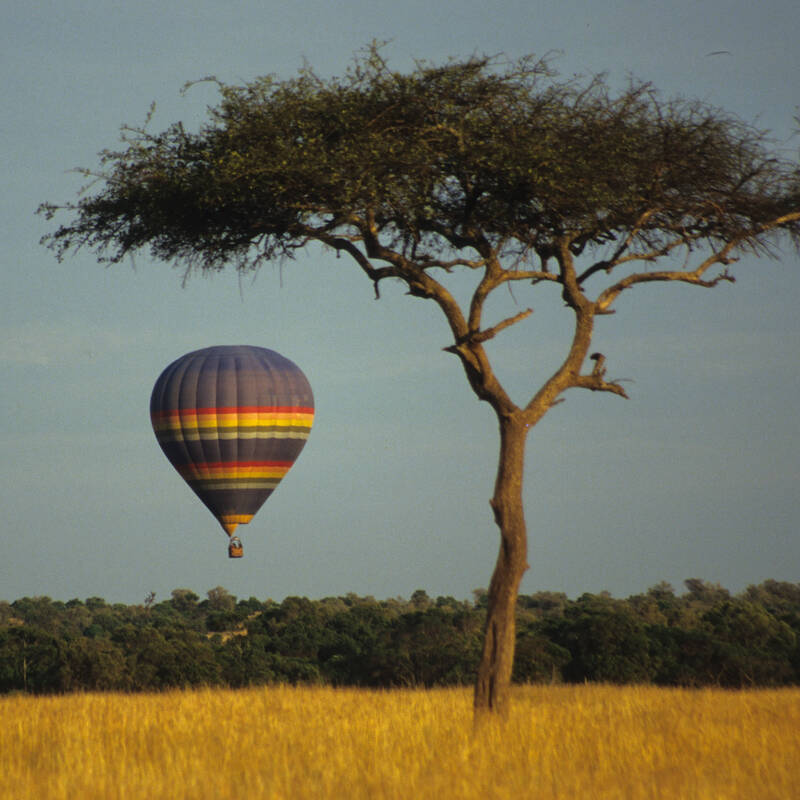
Balloon flight over the Mara
3 hours in total - morning only
With the sun rising over the Loita Hills, you scramble into the balloon basket for the start of a once-in-a-lifetime experience. You’re about to go drifting with the breeze above the trees and plains of one of the world’s greatest wildlife regions.
More about Balloon Safari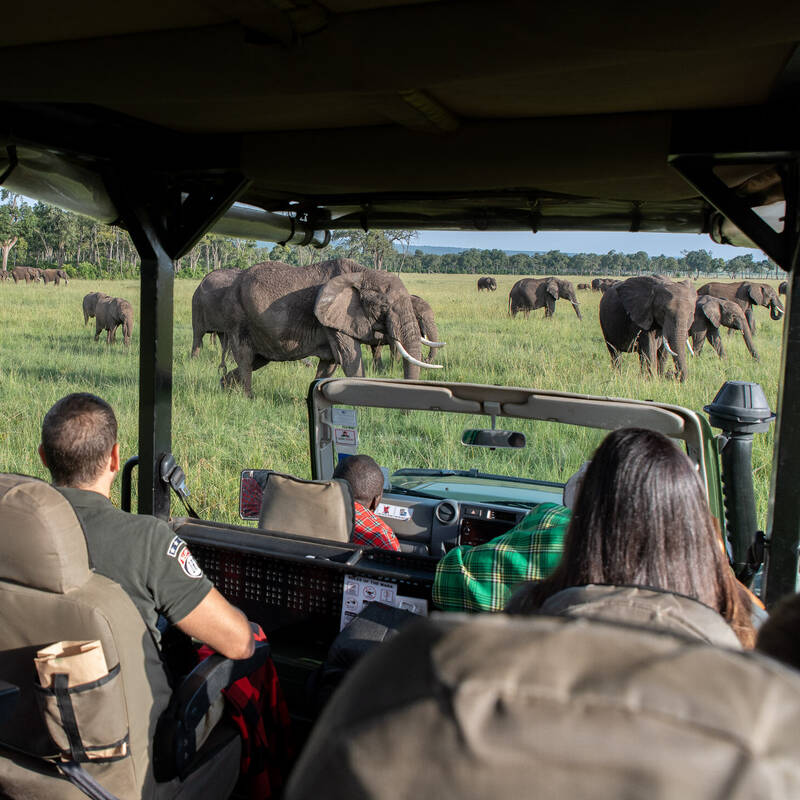
Safari in Maasai Mara National Reserve
All day from sunrise to sunset
If you're not staying in the Maasai Mara National Reserve itself, you're likely to be staying in one of the outstandingly wildlife-rich Maasai-owned private conservancies just outside the reserve boundary. A full-day game drive in the reserve gives you the chance to visit the Mara River and see some of the reserve's fabled wildlife locations.
More about Maasai Mara SafariOther lodges in Maasai Mara Conservancies
Alternative places to stay in this same area.
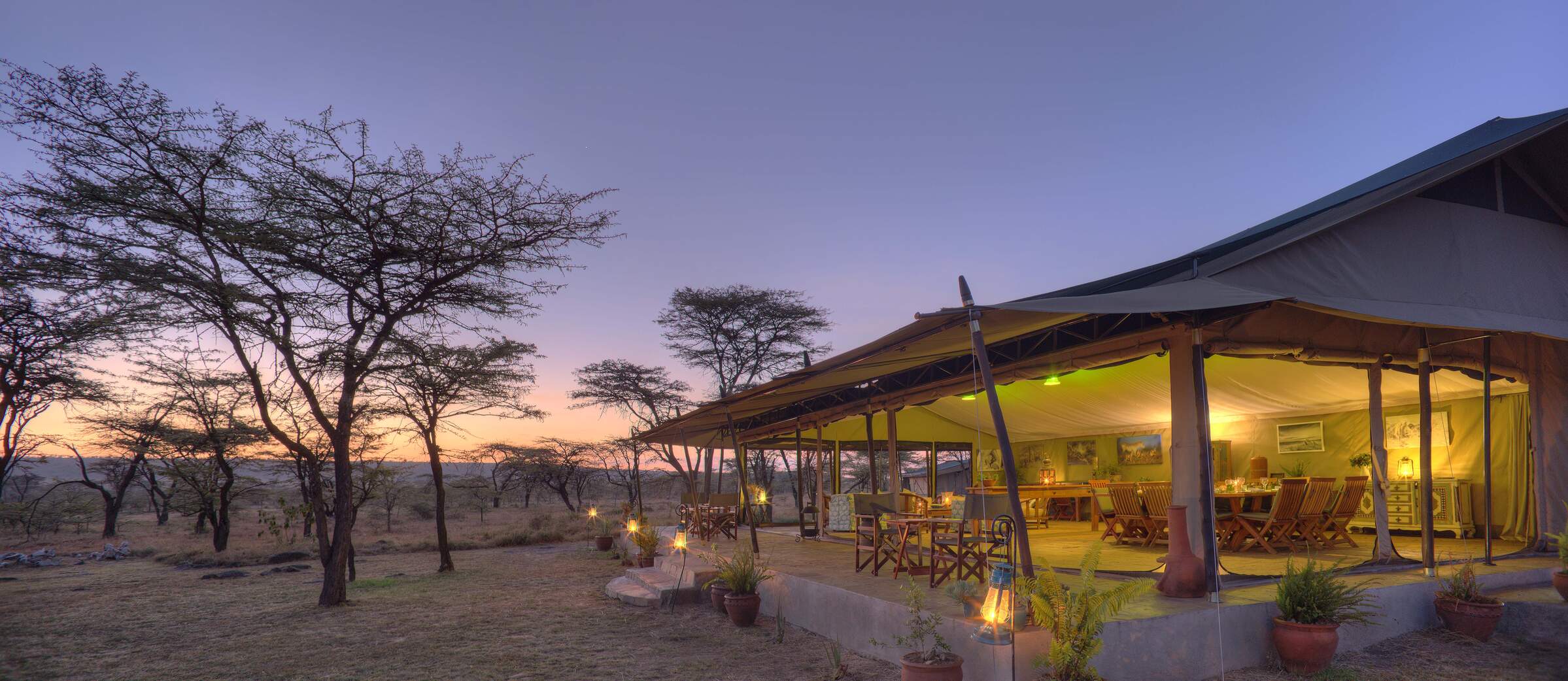
Kicheche Bush Camp
Kicheche Bush Camp is a smart and intimate tented camp with a relaxed atmosphere and the perfect base in the Mara for keen photographers.
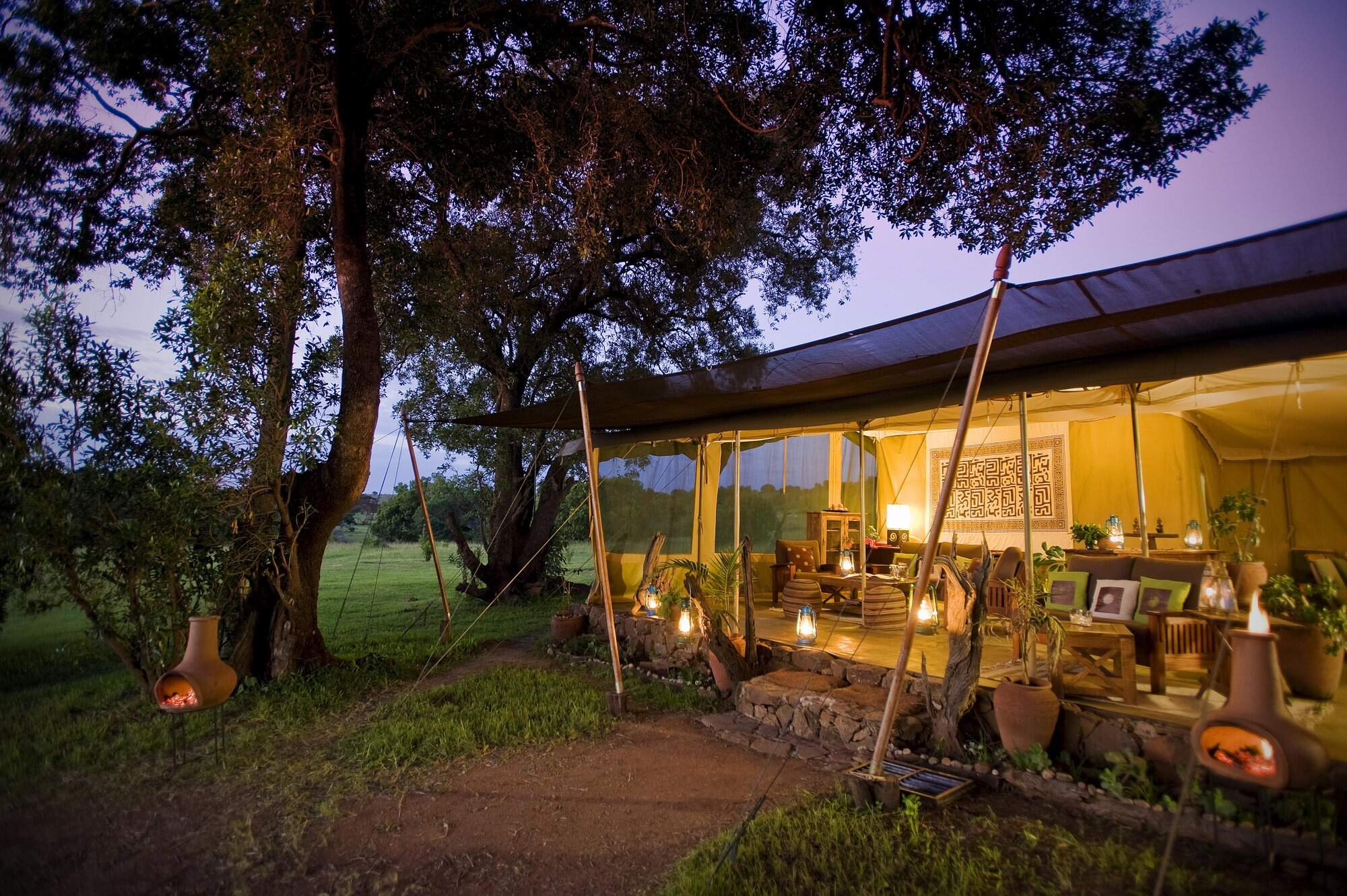
Kicheche Mara
Kicheche Mara Camp has just ten tents and a rustic and comfortable feel. It is set by a stream in a pretty area of the Mara ecosystem's Mara North Conservancy.
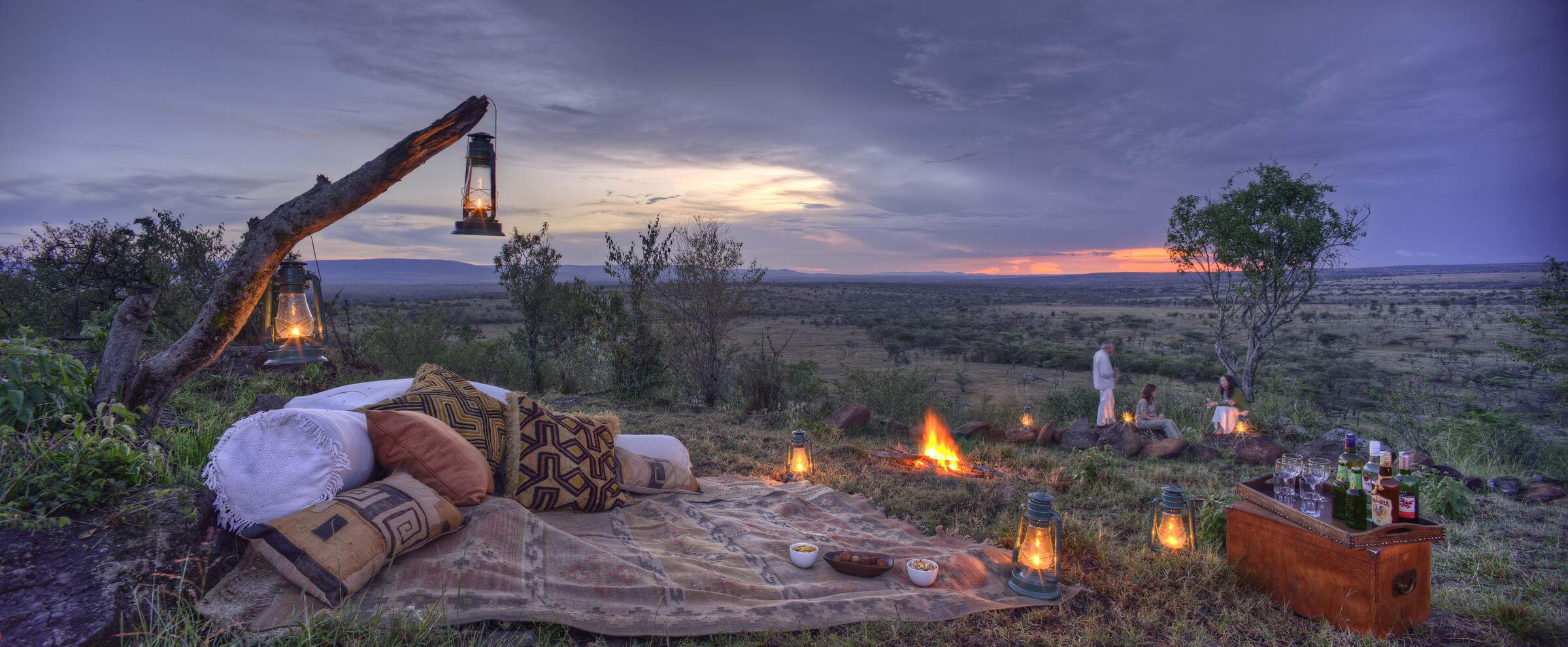
Kicheche Valley
Kicheche Valley is a boutique tented camp in a wooded district of the Mara ecosystem's Naboisho Conservancy, with plenty of wildlife in the area.
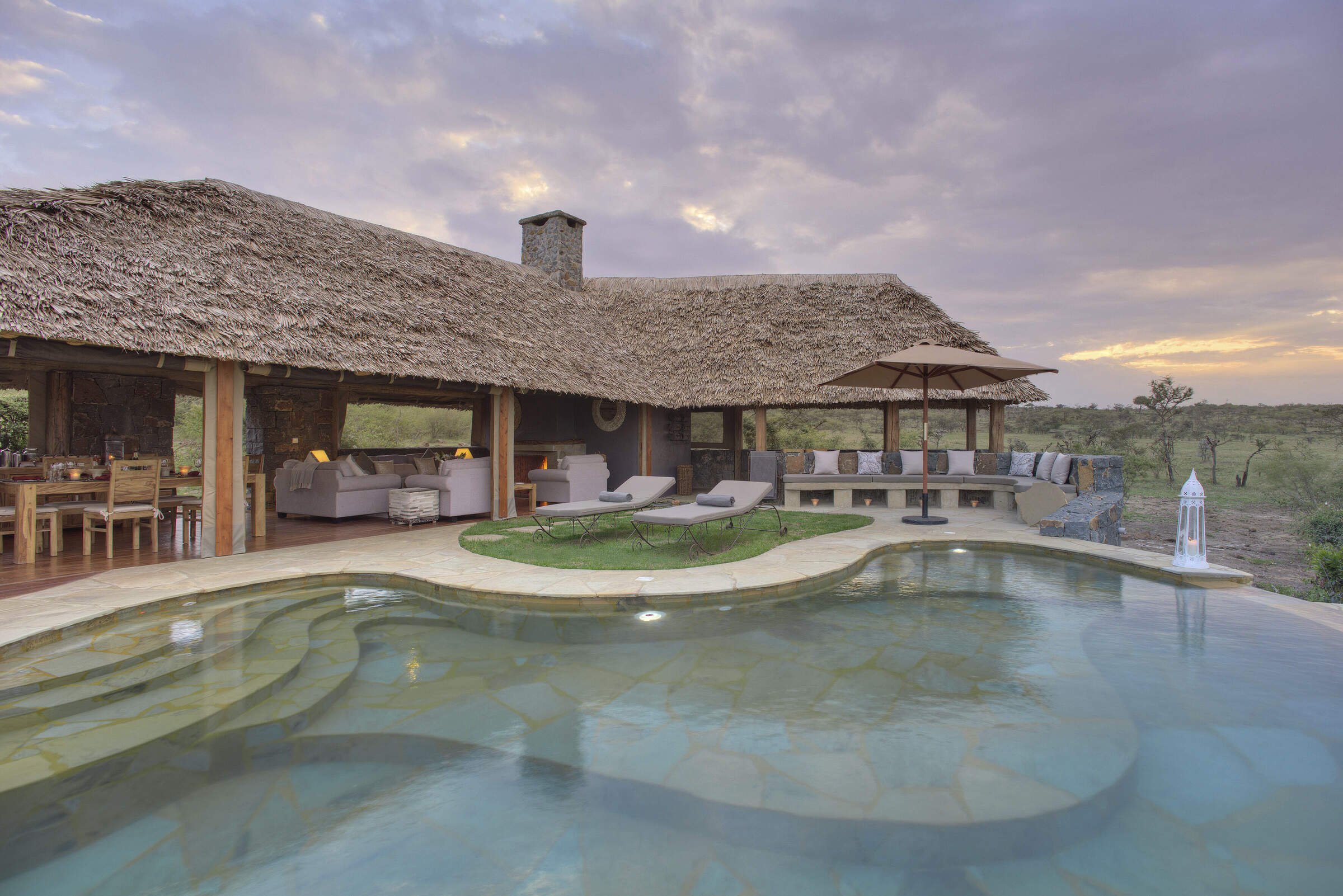
Naboisho Camp
Naboisho Camp is one of the most luxurious of the handful of camps in the Naboisho Conservancy. It offers day and night game drives, game walks and full creature comforts in the bush.
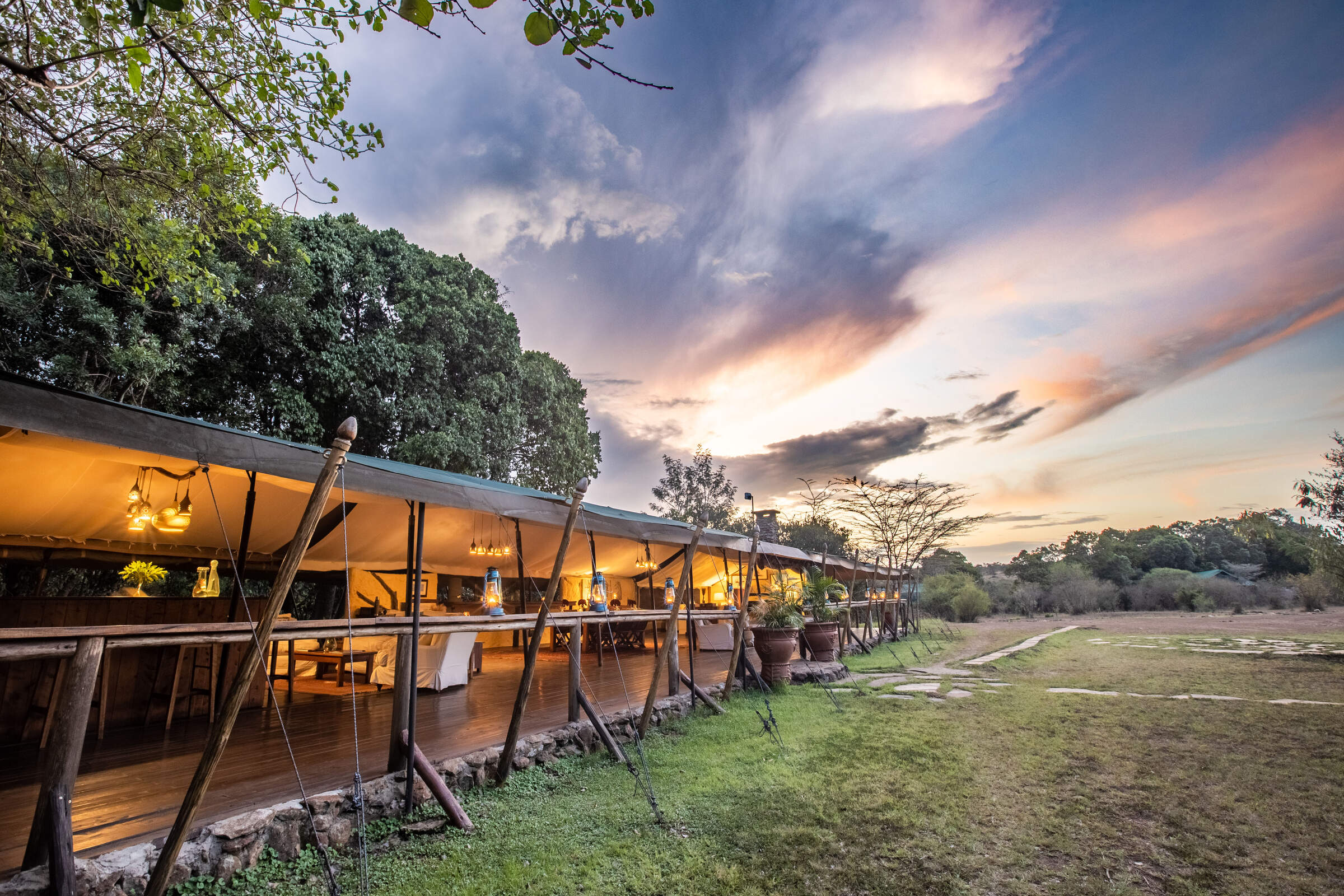
Offbeat Mara
Offbeat Mara is a small traditional camp that appeals to safari traditionalists, located in one of the Maasai Mara’s quiet conservancies.
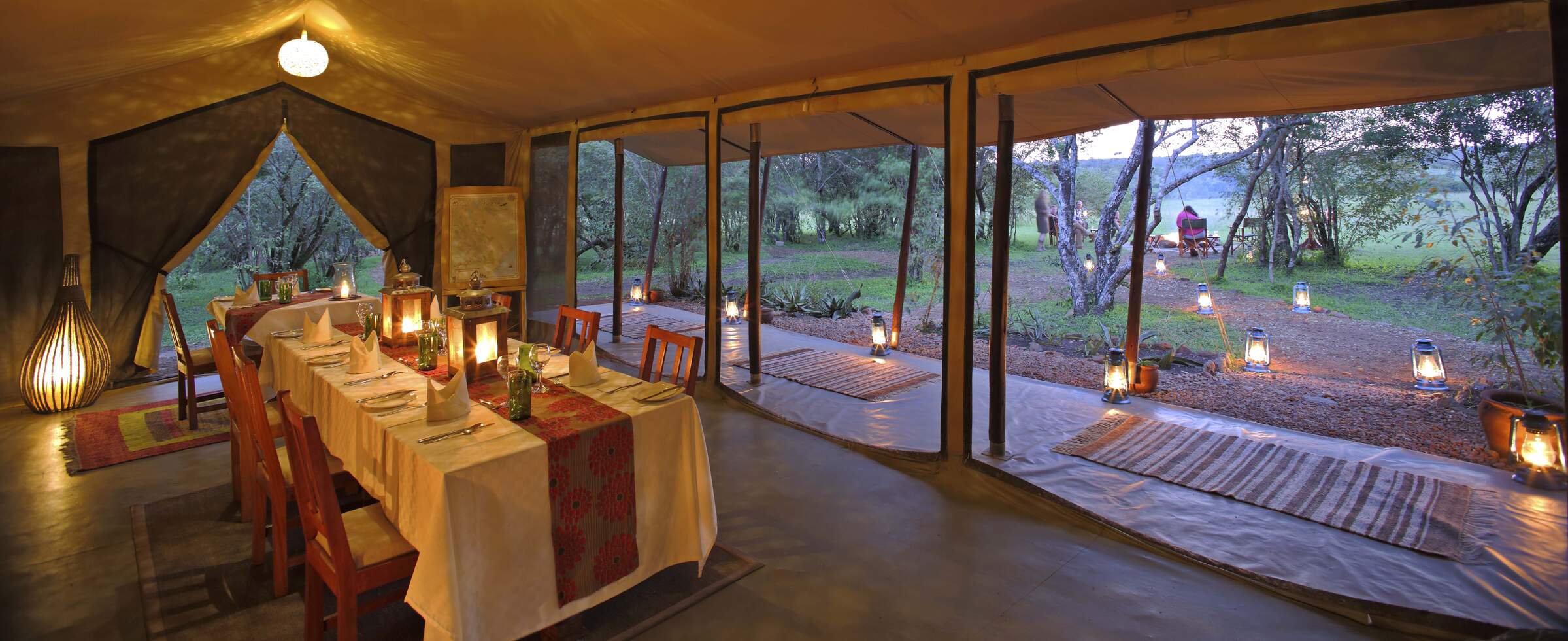
Encounter Mara
Encounter Mara is located in the private Naboisho Conservancy – a game-rich area of the Mara ecosystem – and offers a contemporary take on the traditional, low-impact luxury safari camp.
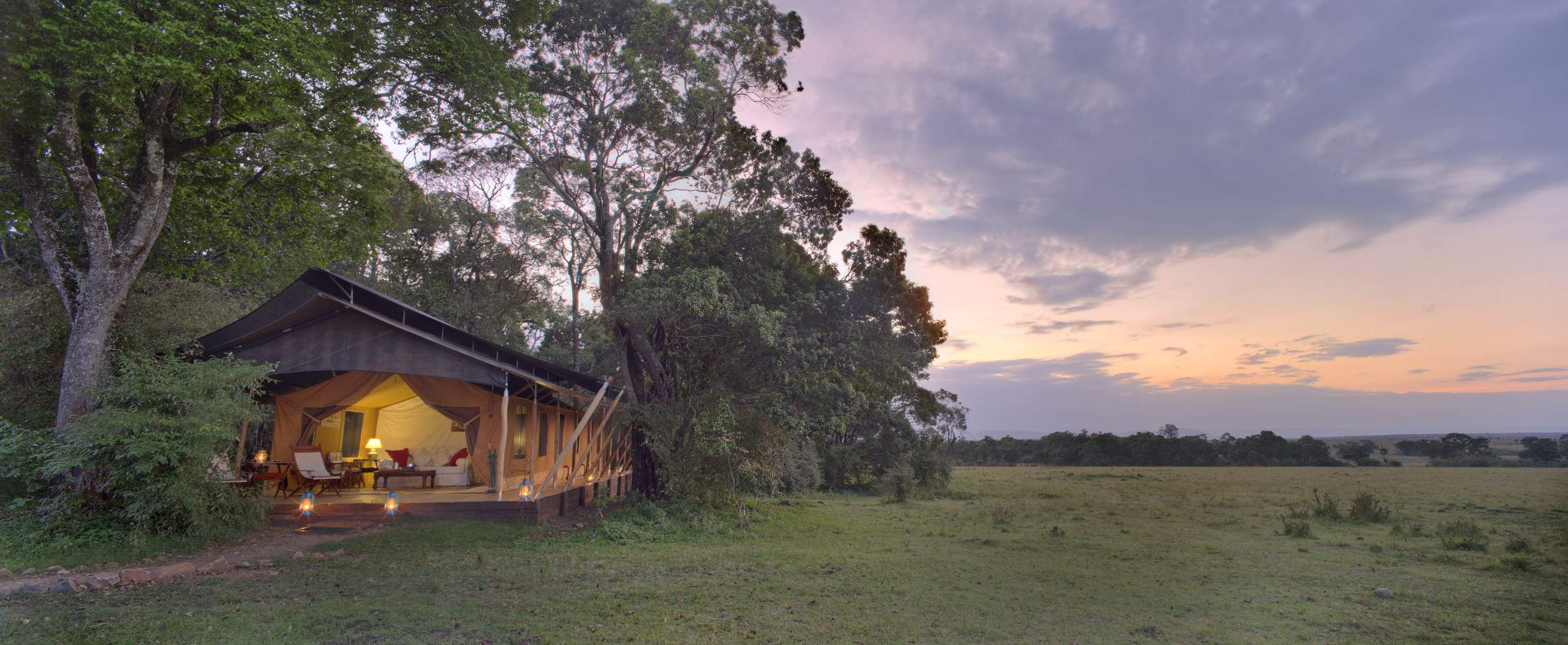
Elephant Pepper Camp
Elephant Pepper Camp is a small 10-tent bush camp, put together in the traditional "campaign" style, and including a large honeymoon/family tent.
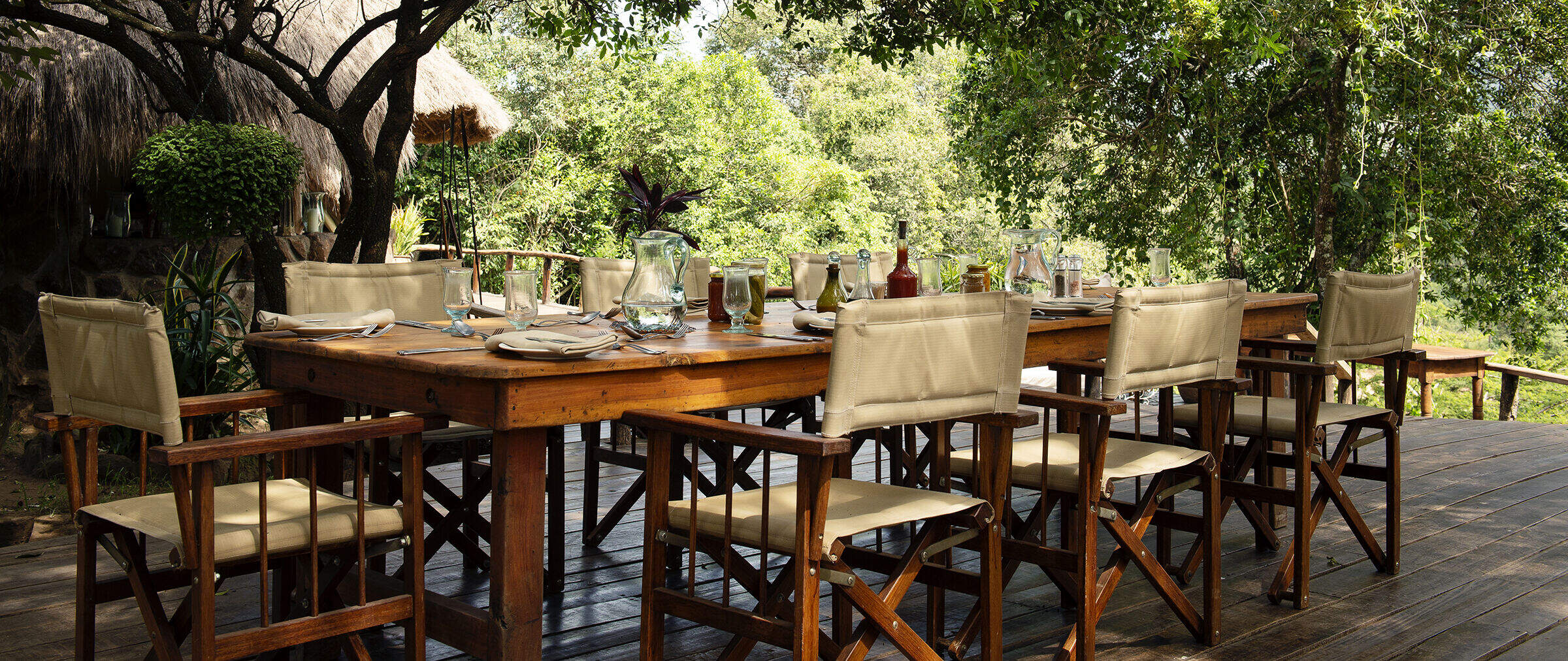
Serian
Serian is a luxury tented camp on the east bank of the Mara River in the Mara North Conservancy. It is the sister camp of Ngare Serian, on the west bank.
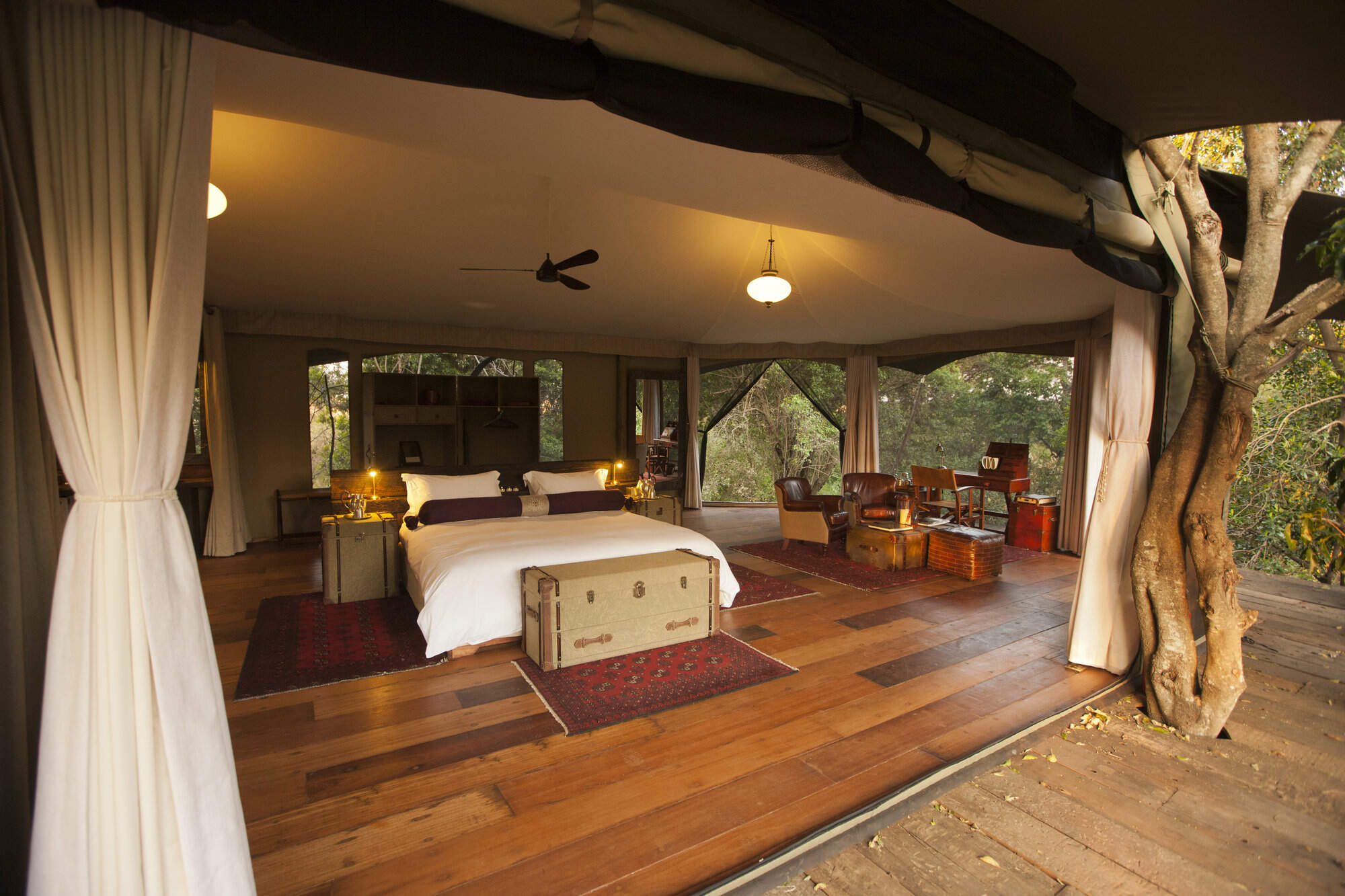
Mara Plains Camp
Mara Plains is one of the very best camps in the Mara ecosystem. Located in the Olare Motorogi Conservancy, just outside the Mara reserve, it has access to three wildlife-viewing areas.
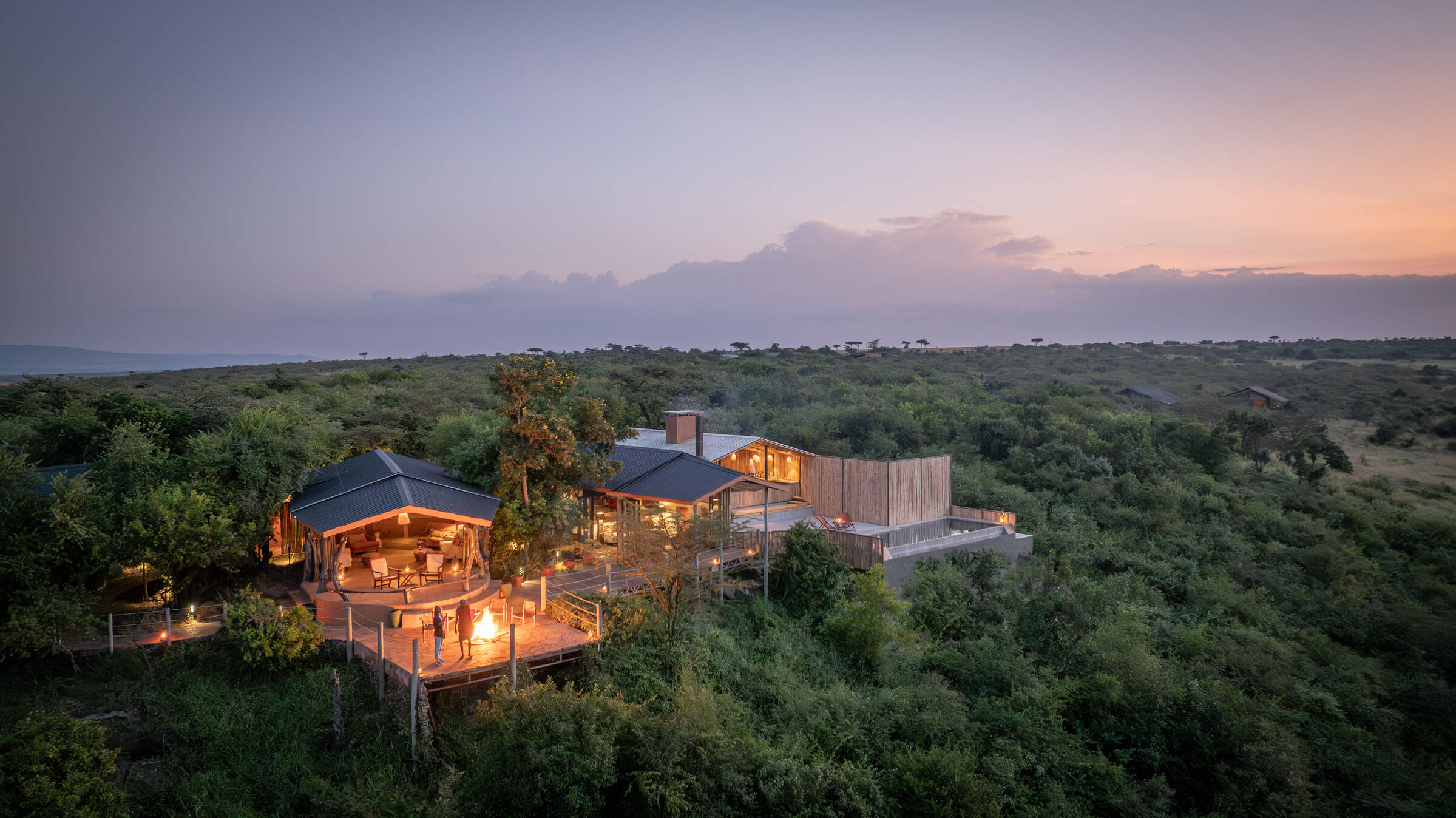
Basecamp Eagle View
Basecamp Eagle View is a community-focused safari camp in the Naboisho Conservancy, with a strong emphasis on responsible tourism and a spectacular location.
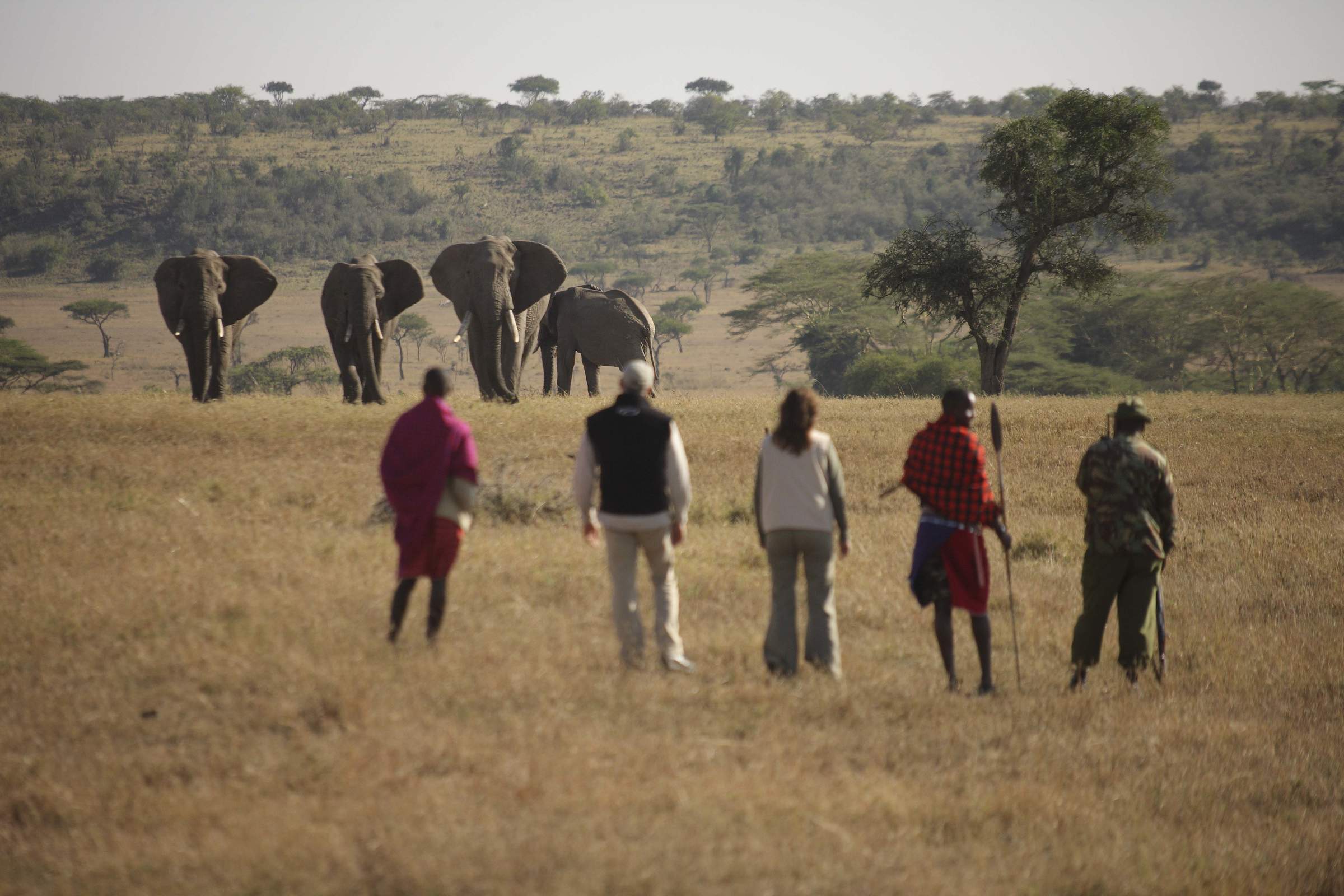
Kicheche Fly Camp
Kicheche Walking Wilderness Fly Camp is a temporaray dome tent camp set up for participants in Kicheche's two-day walking safari between Kicheche Valley and Kicheche Bush Camp.
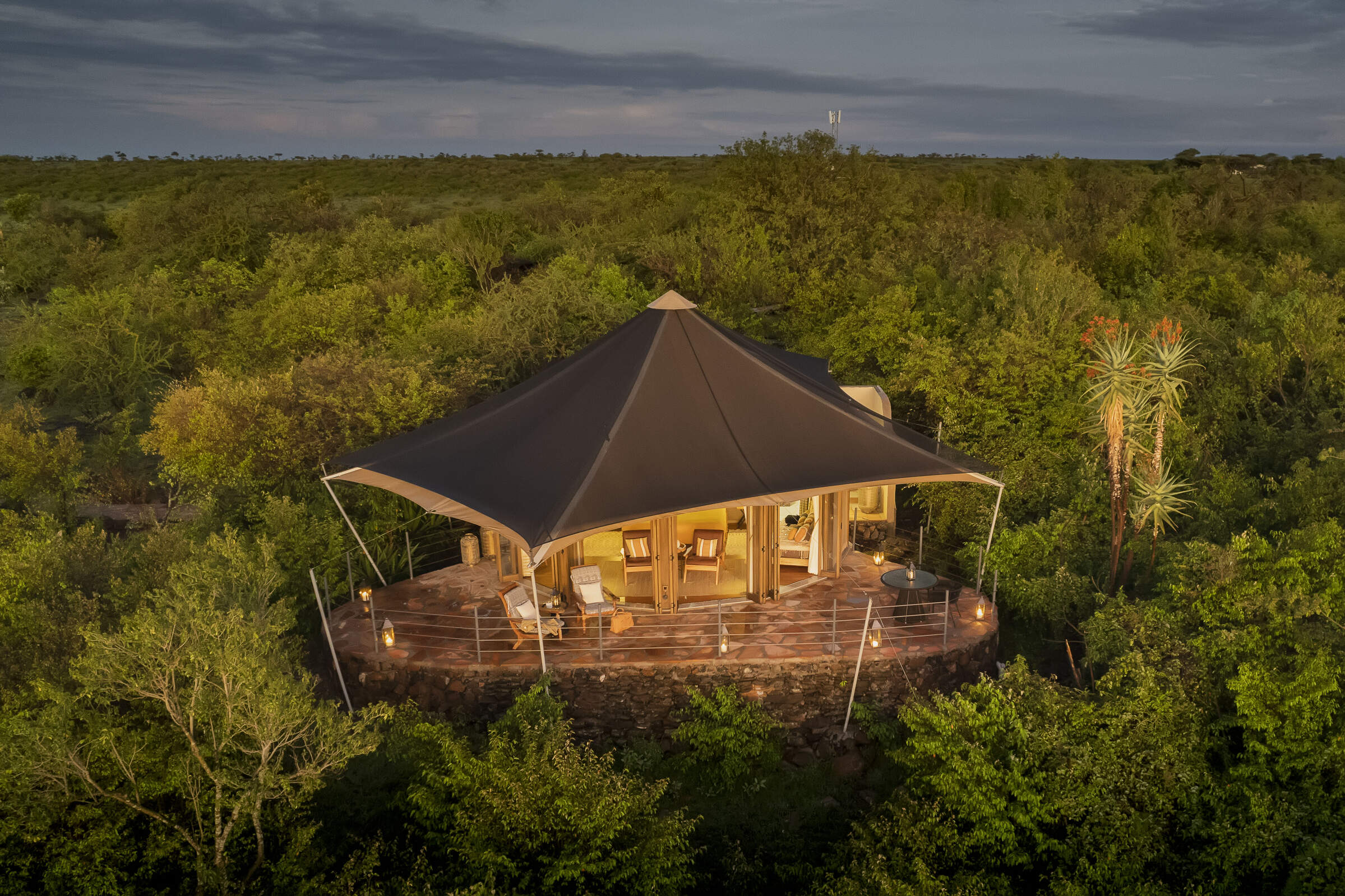
Hemingways Ol Seki
Magnificently located tented lodge on a bluff looking south across the Naboisho Conservancy toward the Maasai Mara National Reserve.
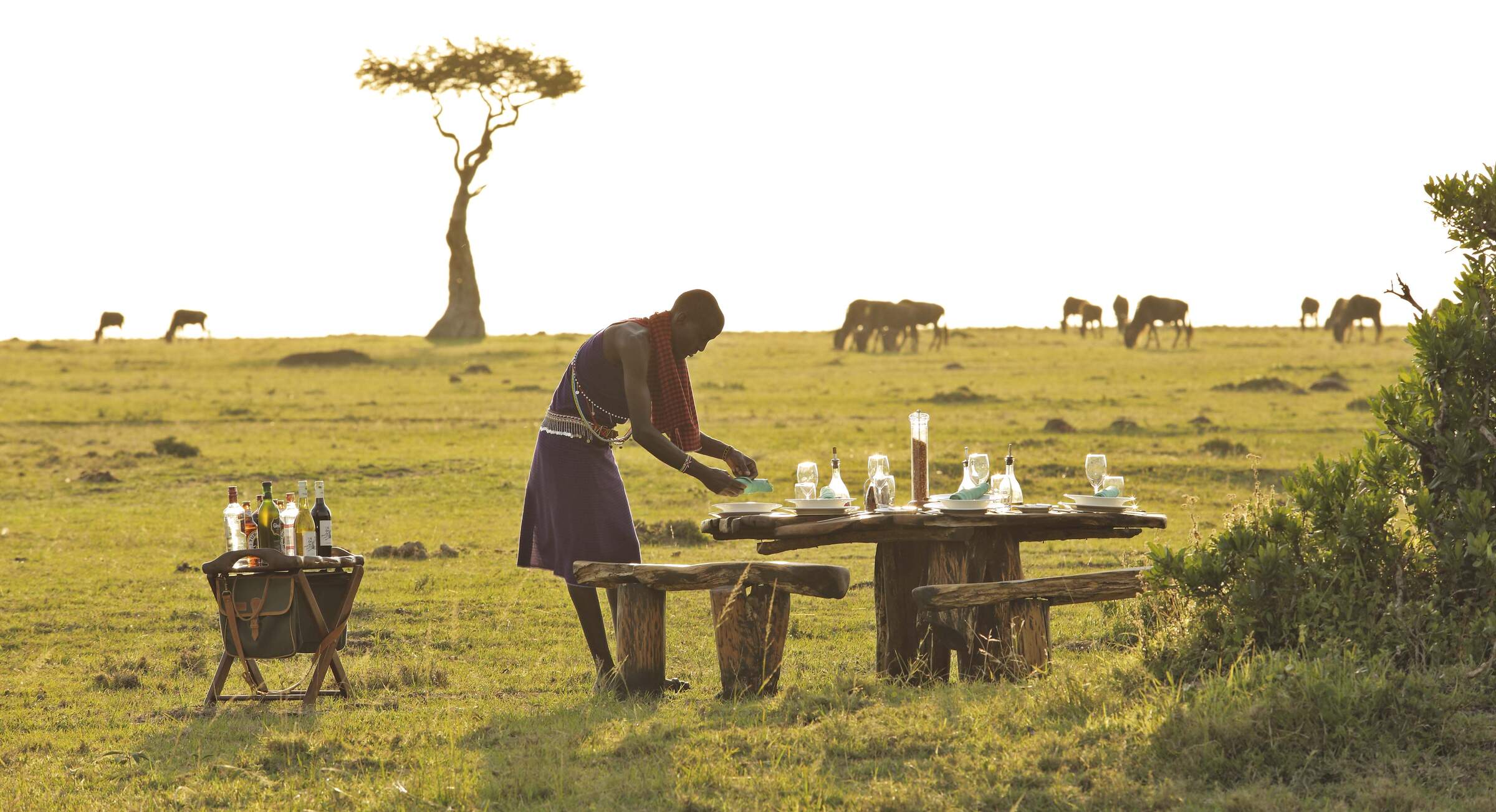
Saruni Wild
Saruni Wild is a rustic and traditional safari camp in the Lemek Conservancy, with just three tents and limited electricity.
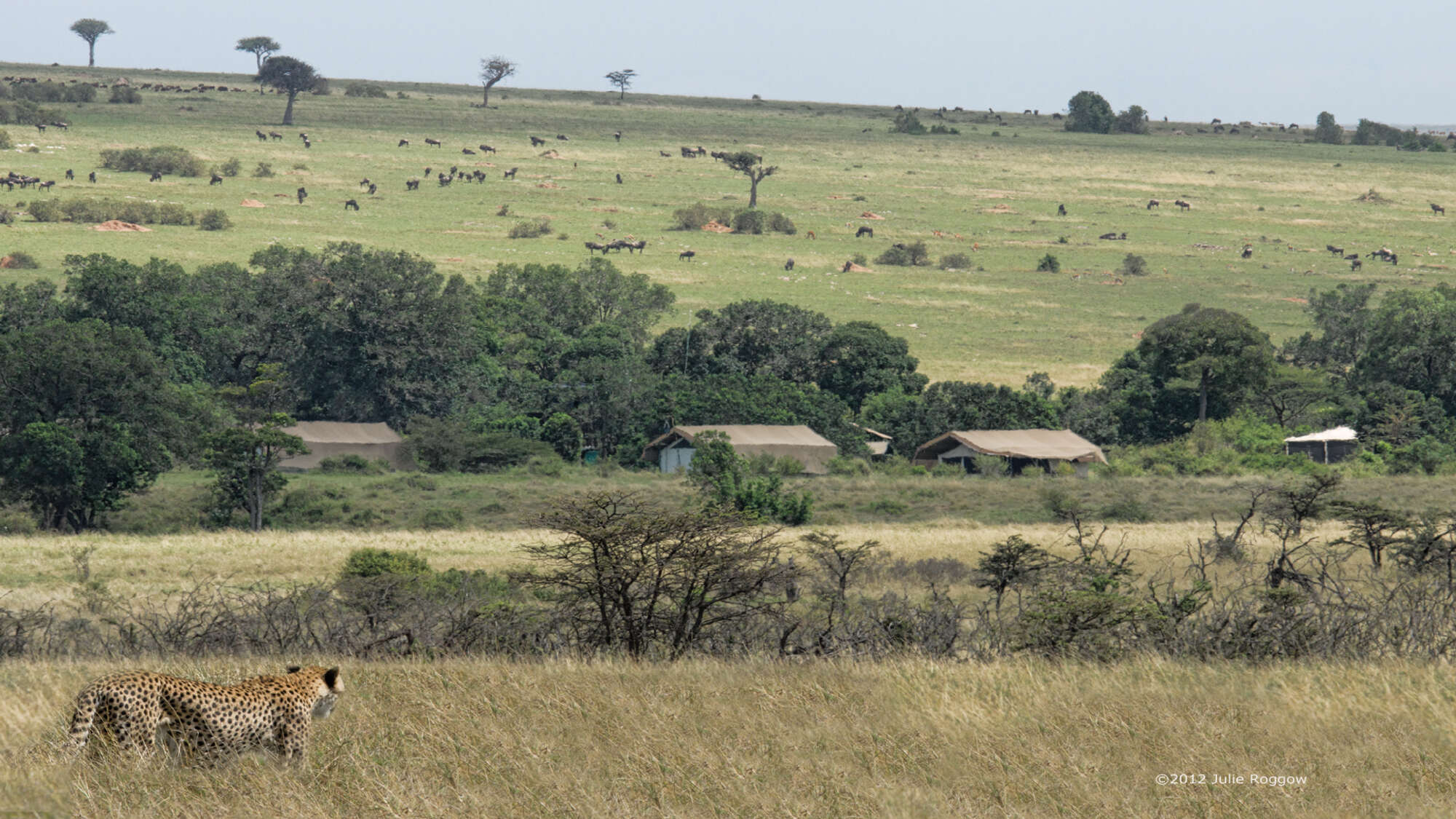
Porini Lion Camp
Porini Lion Camp is a pioneering, community focused eco-camp, with excellent guides and game viewing, in the predator-rich, Olare Motorogi Conservancy.
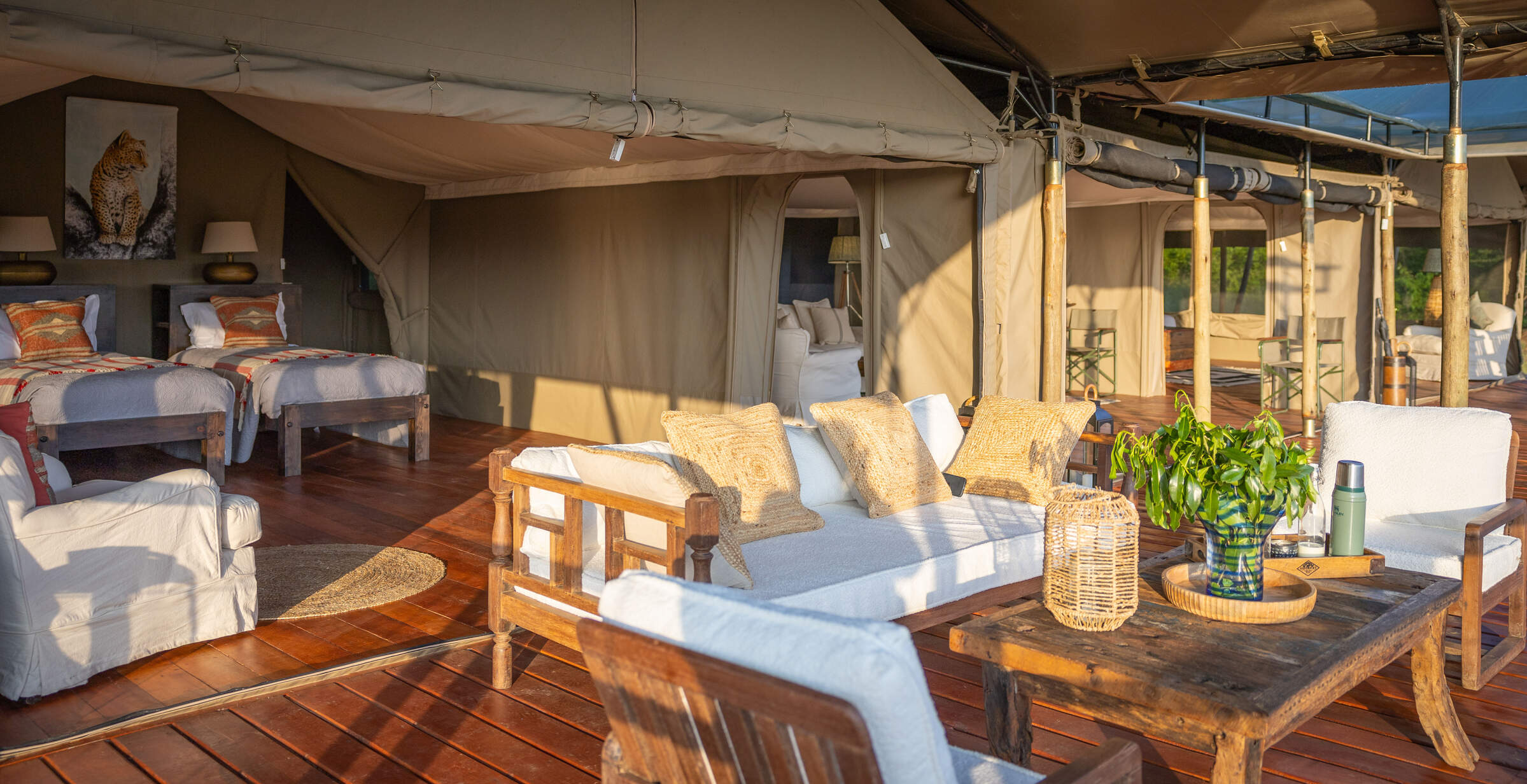
Offbeat Ndoto
Small and intimate, Offbeat Mara is set in a valley above the (often dry) Olare Orok River within the Mara North Conservancy.
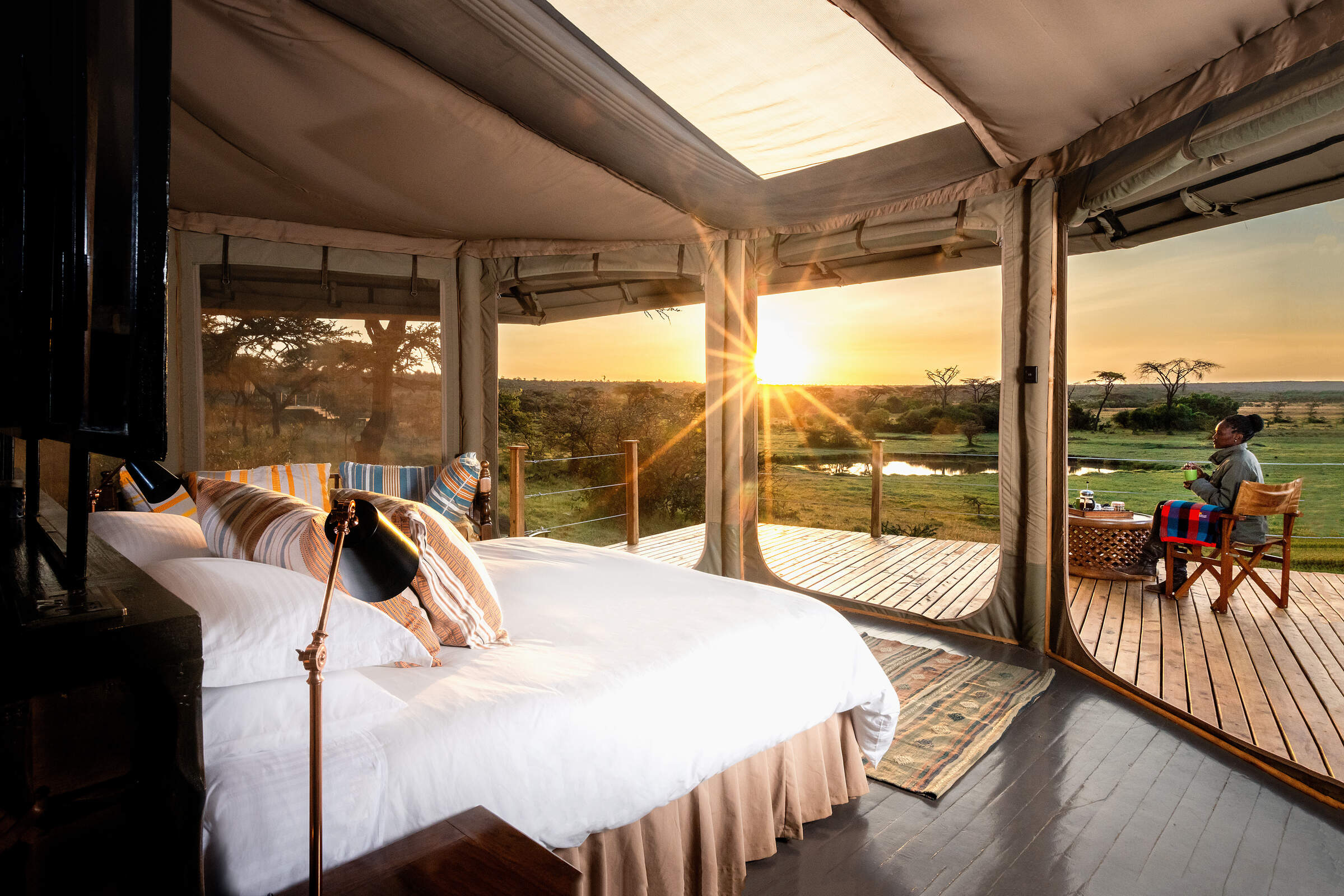
Basecamp Leopard Hill
With six beautiful tents, Basecamp Leopard Hill is a smart safari camp in the Naboisho Conservancy in the Maasai Mara ecosystem.
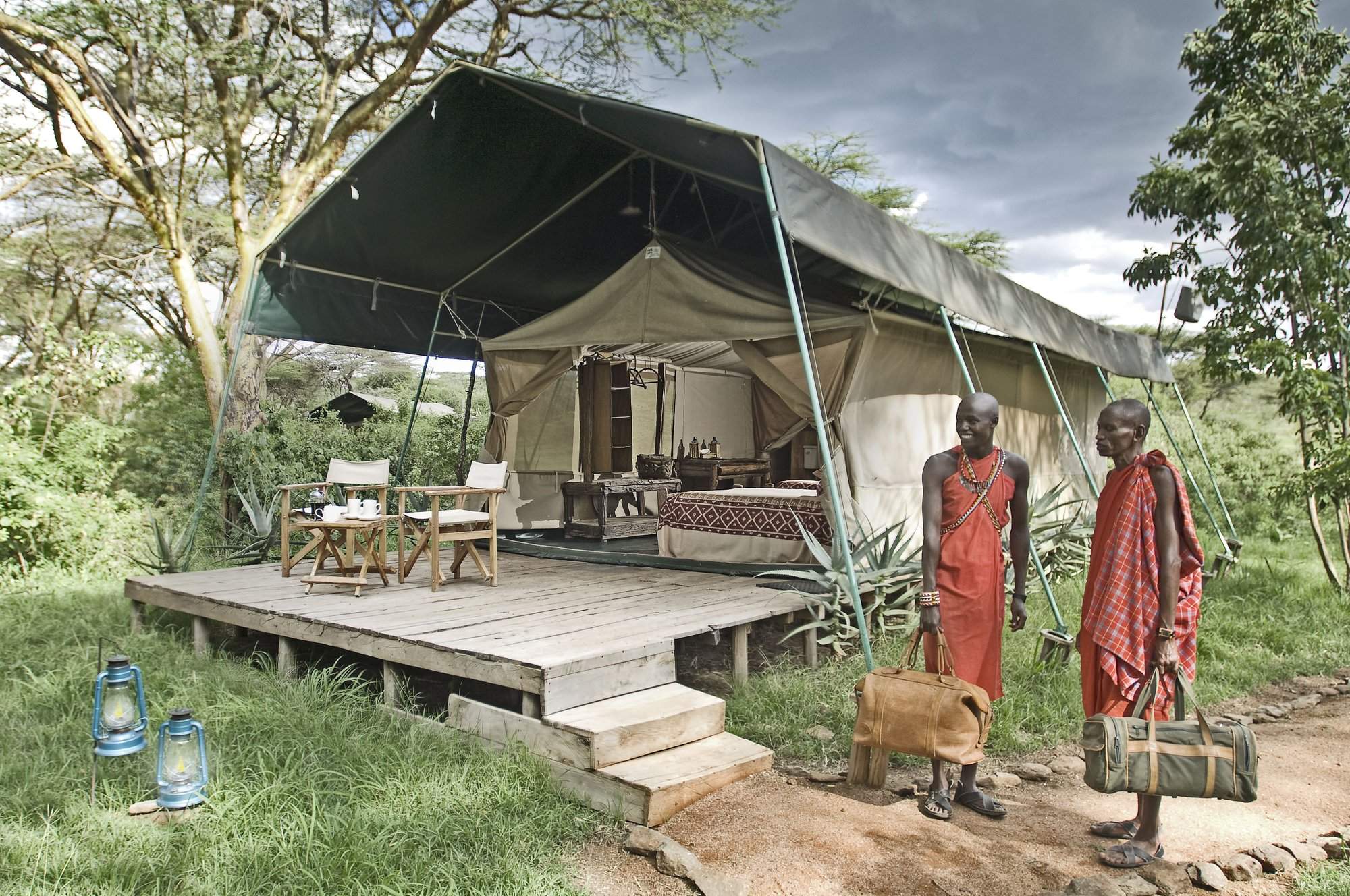
Porini Mara Camp
Porini Mara Camp is a small, pioneering eco-camp in the first private conservancy in the Mara region, with comfortable accommodation and a range of activities.
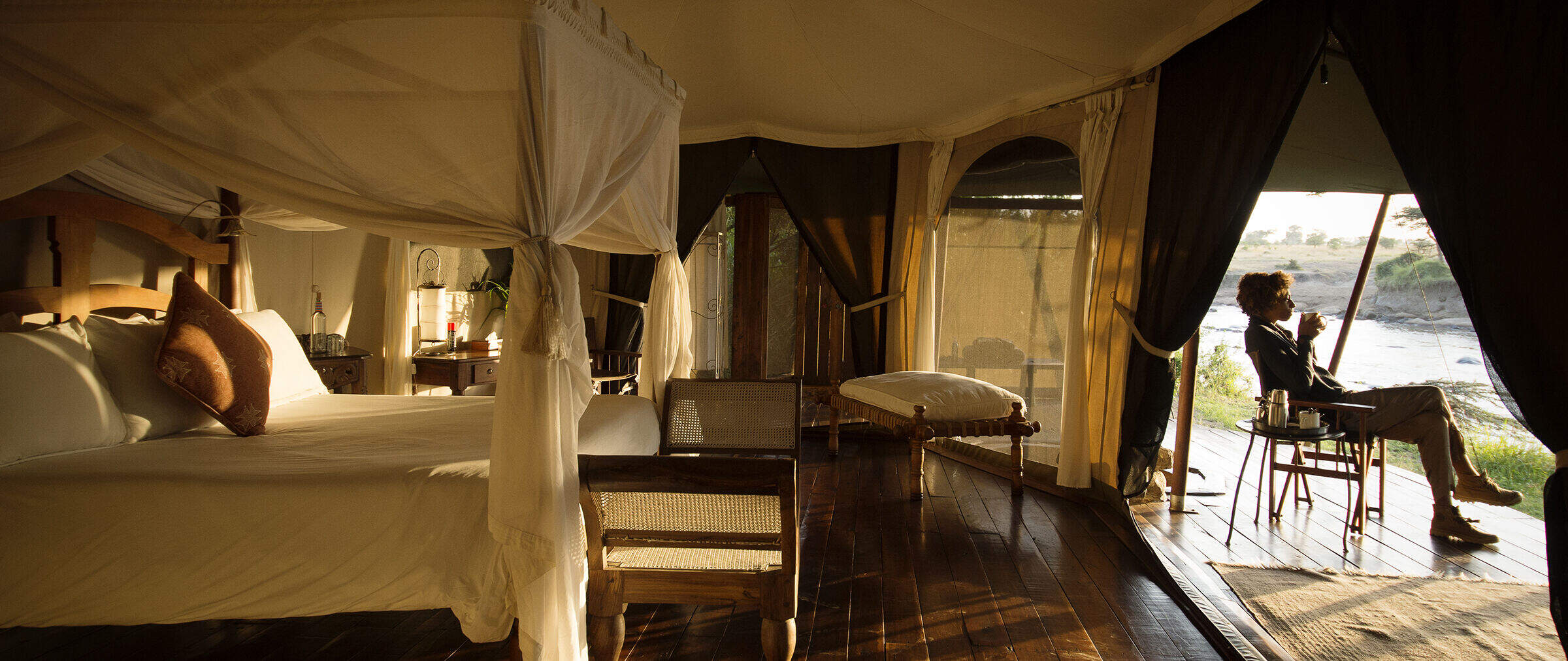
Ngare Serian
The luxurious Ngare Serian and its sister camp Serian face each other across the Mara River on the western side of the Mara North Conservancy
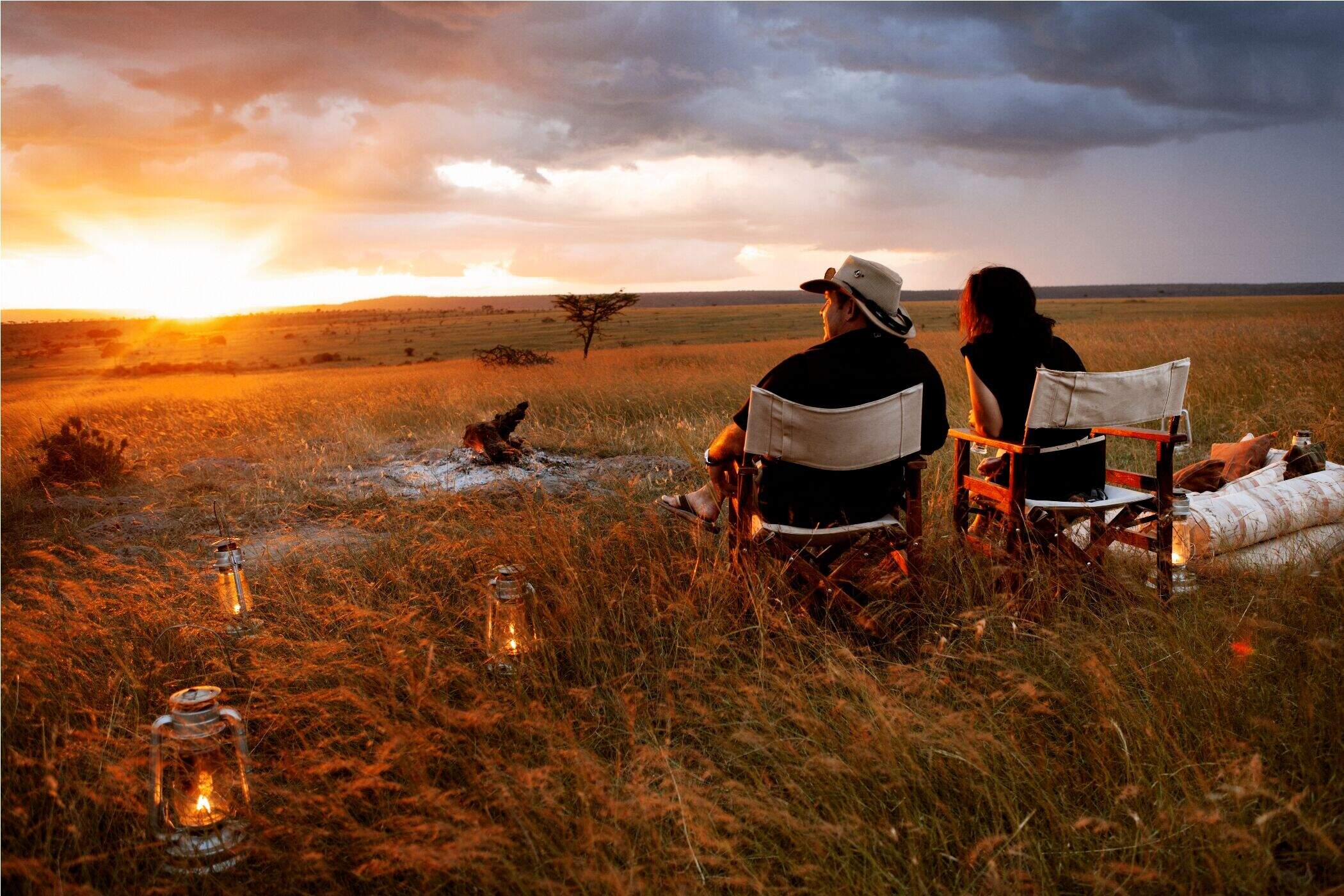
Karen Blixen Camp
Karen Blixen Camp sits on a meander of the Mara River in the Mara North Conservancy, just beyond the northern boundary of the Maasai Mara National Reserve.
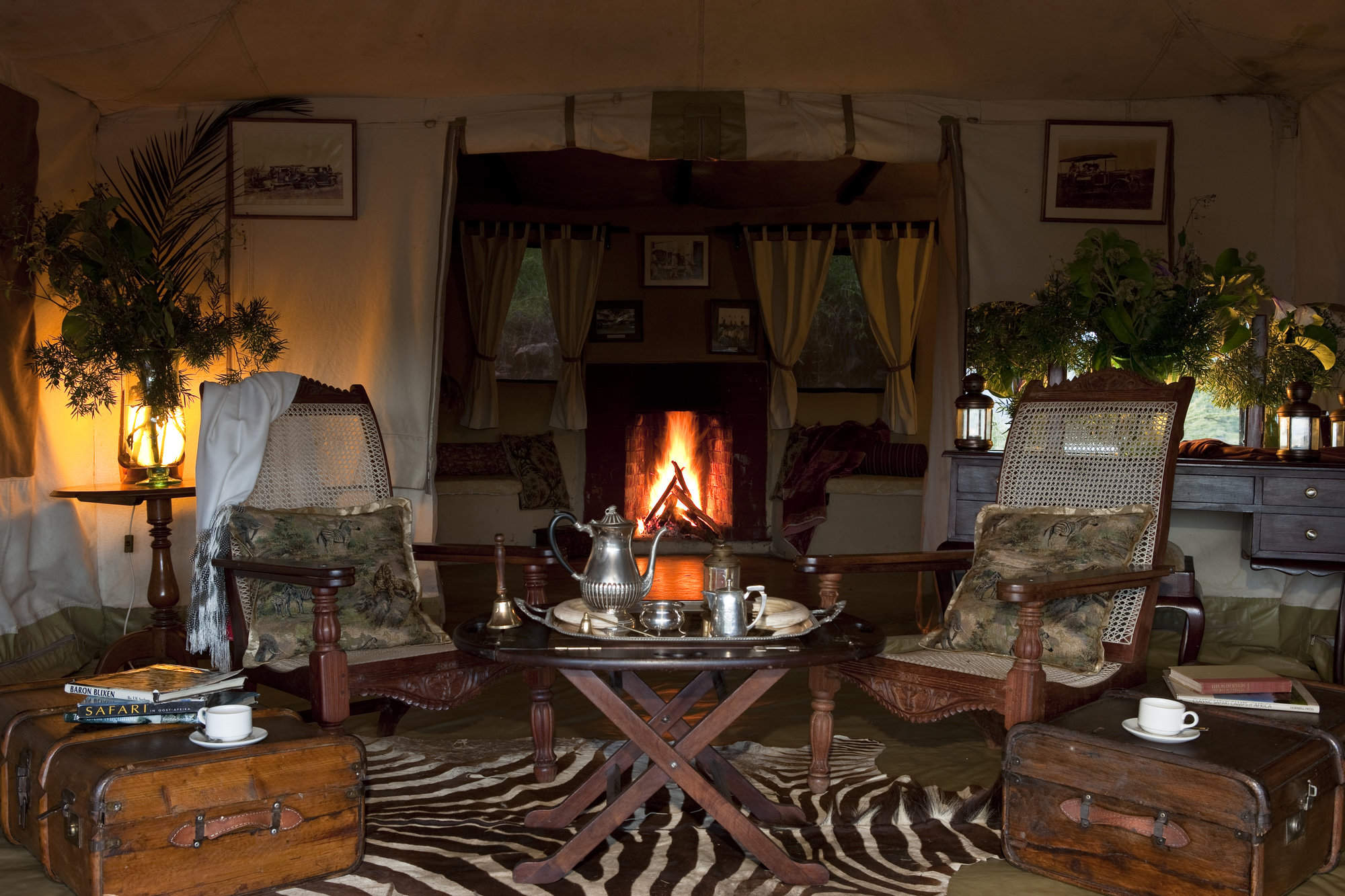
Cottars 1920s Camp
Cottar's 1920s Camp is a classic, luxury tented camp with a 1920s safari theme, located in its own conservancy on the southeast border of the Maasai Mara National Reserve.
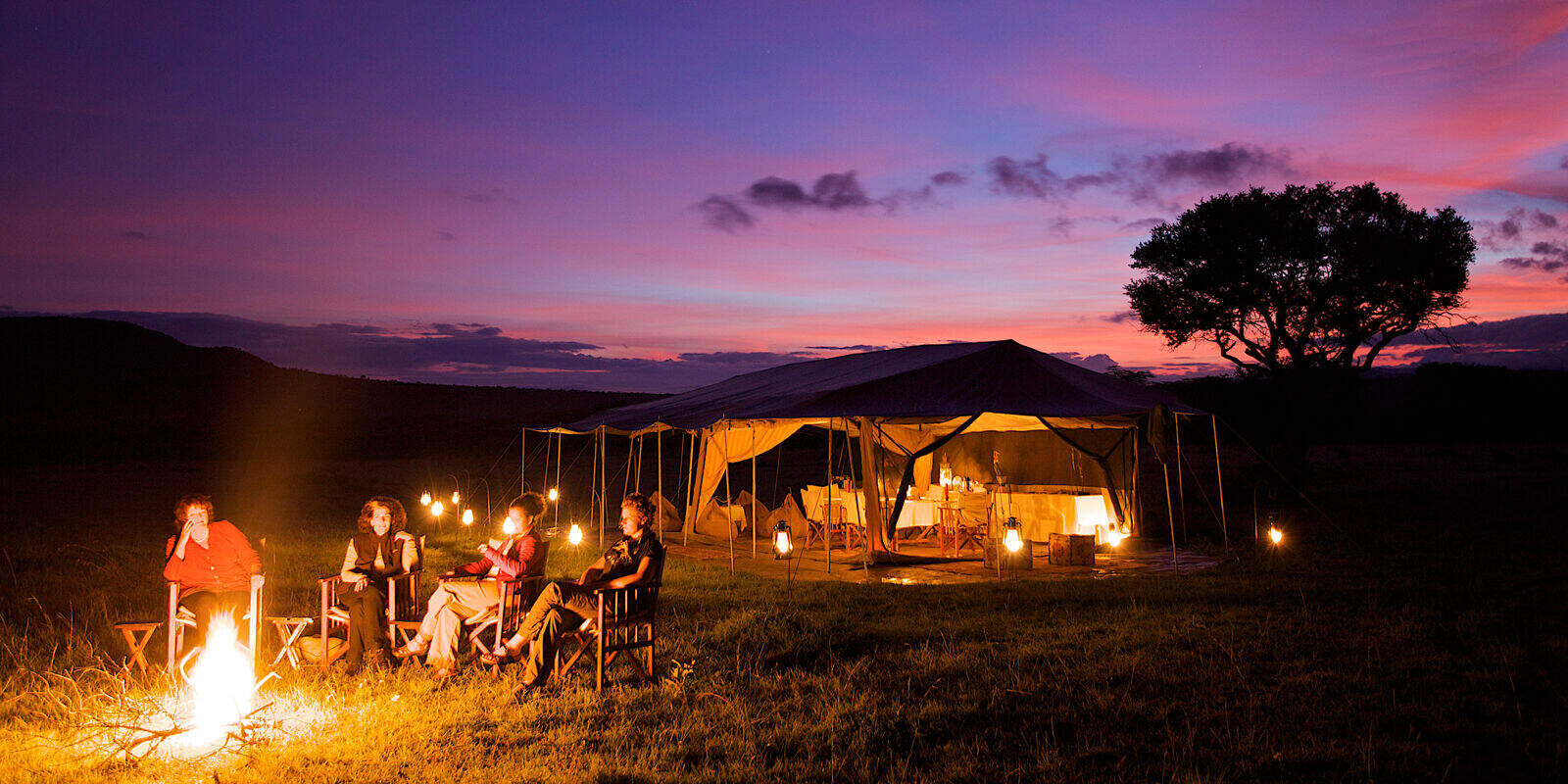
Leleshwa
Leleshwa was a delightful, boutique safari camp on the picturesque banks of a tributary of the Talek, with an extensive, little visited game area on its doorstep.
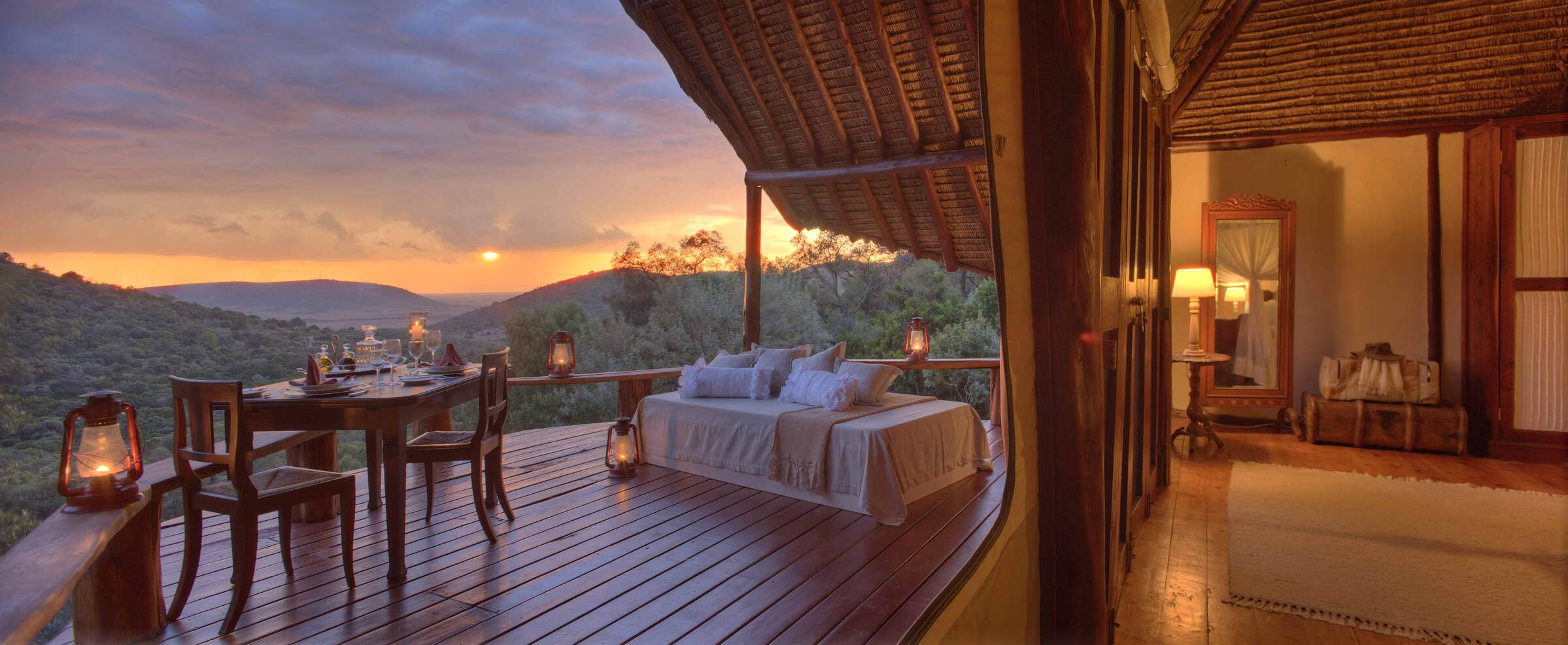
Saruni Mara
Saruni Mara is a luxurious permanent lodge, on the remote northern edge of the Mara North Conservancy, with stunning views, good guiding and very private and comfortable rooms.
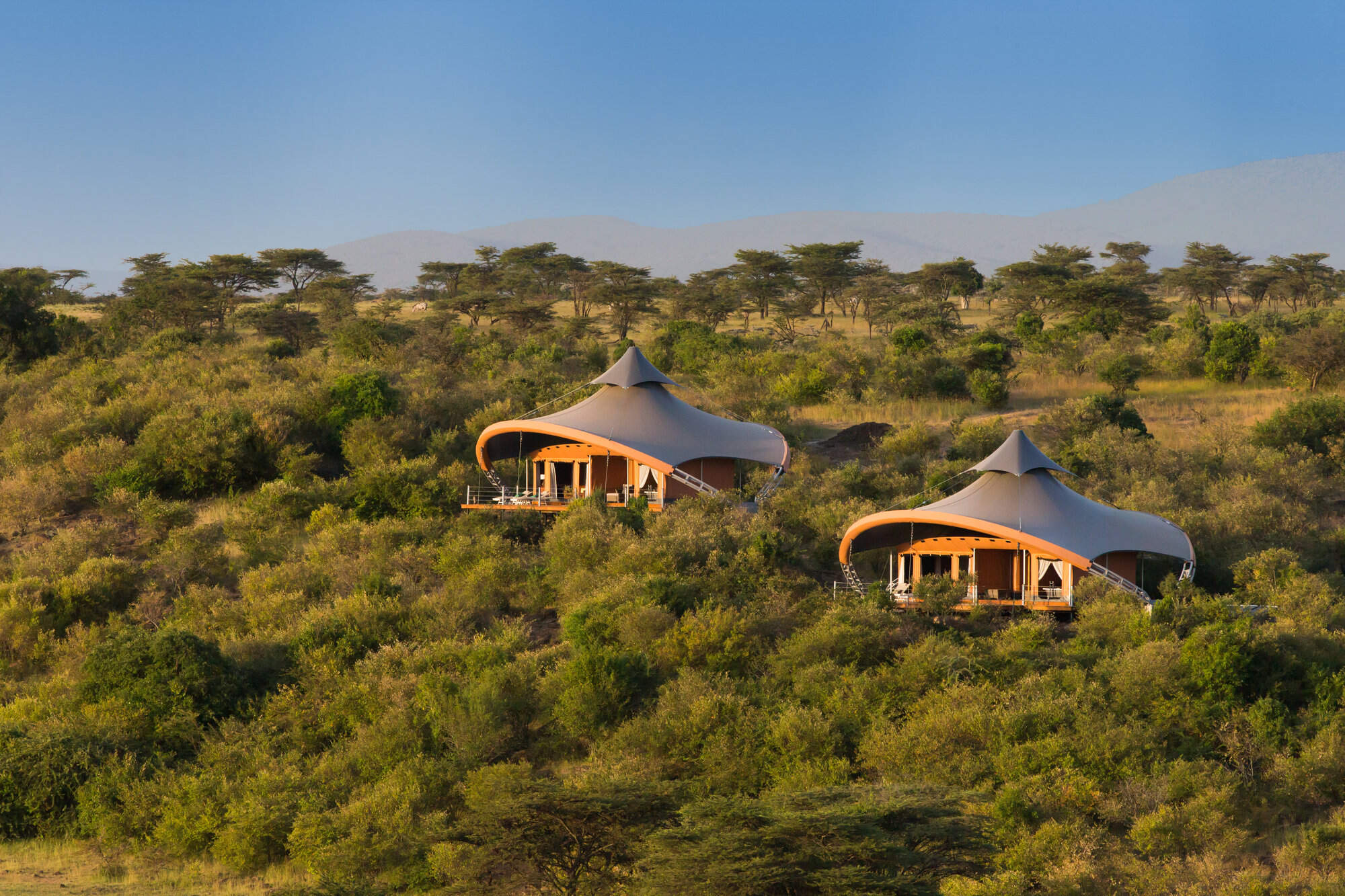
Mahali Mzuri
Mahali Mzuri is a strikingly modern tented camp in the Virgin Limited Edition group, in a remote part of the Mara ecosytem's Olare Motorogi Conservancy. It has lovely views and all the luxuries of a five-star hotel.
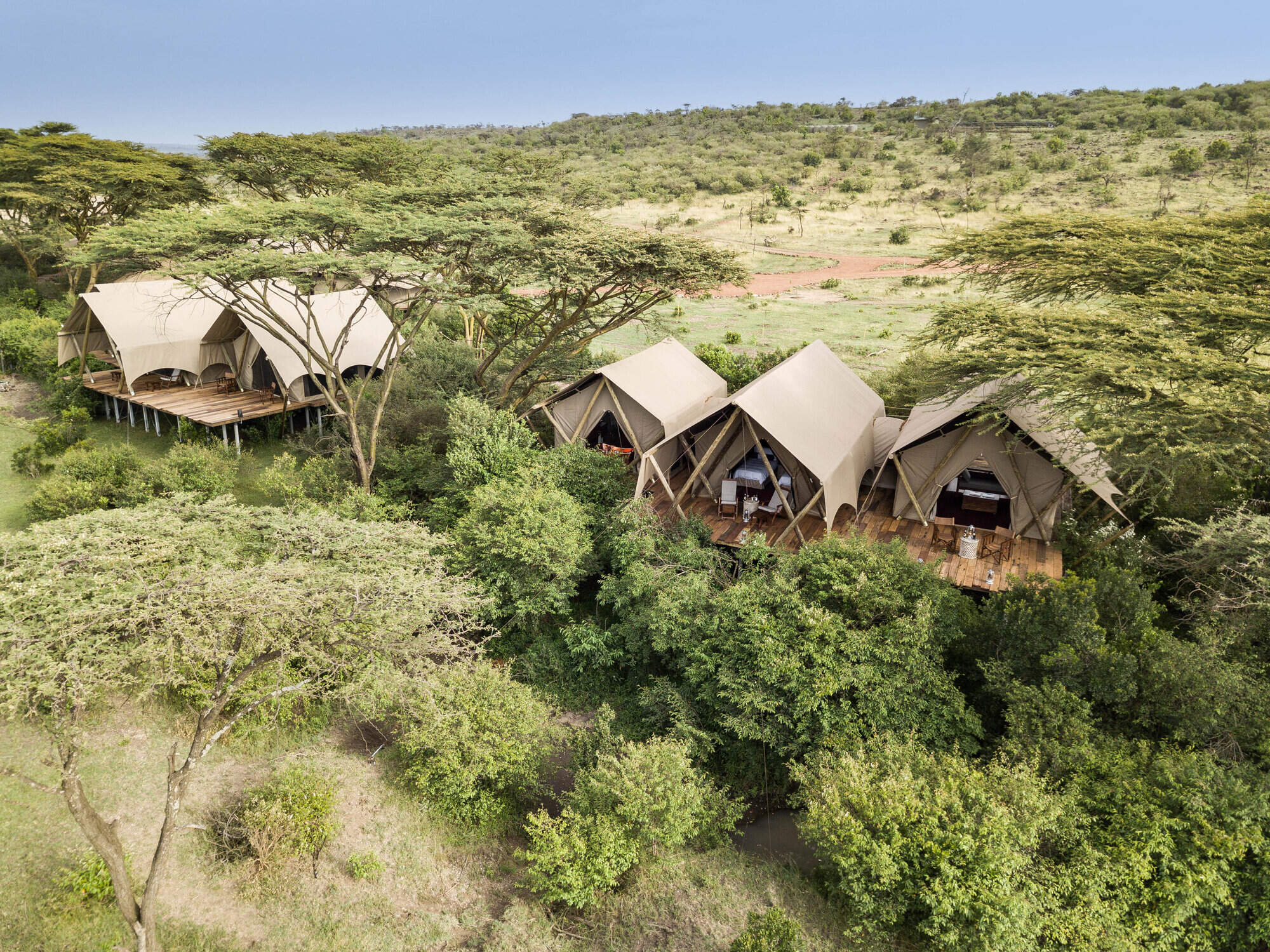
Mara Nyika
Mara Nyika is one of the newer additions to the Naboisho Conservancy and offers a luxurious and exclusive safari.
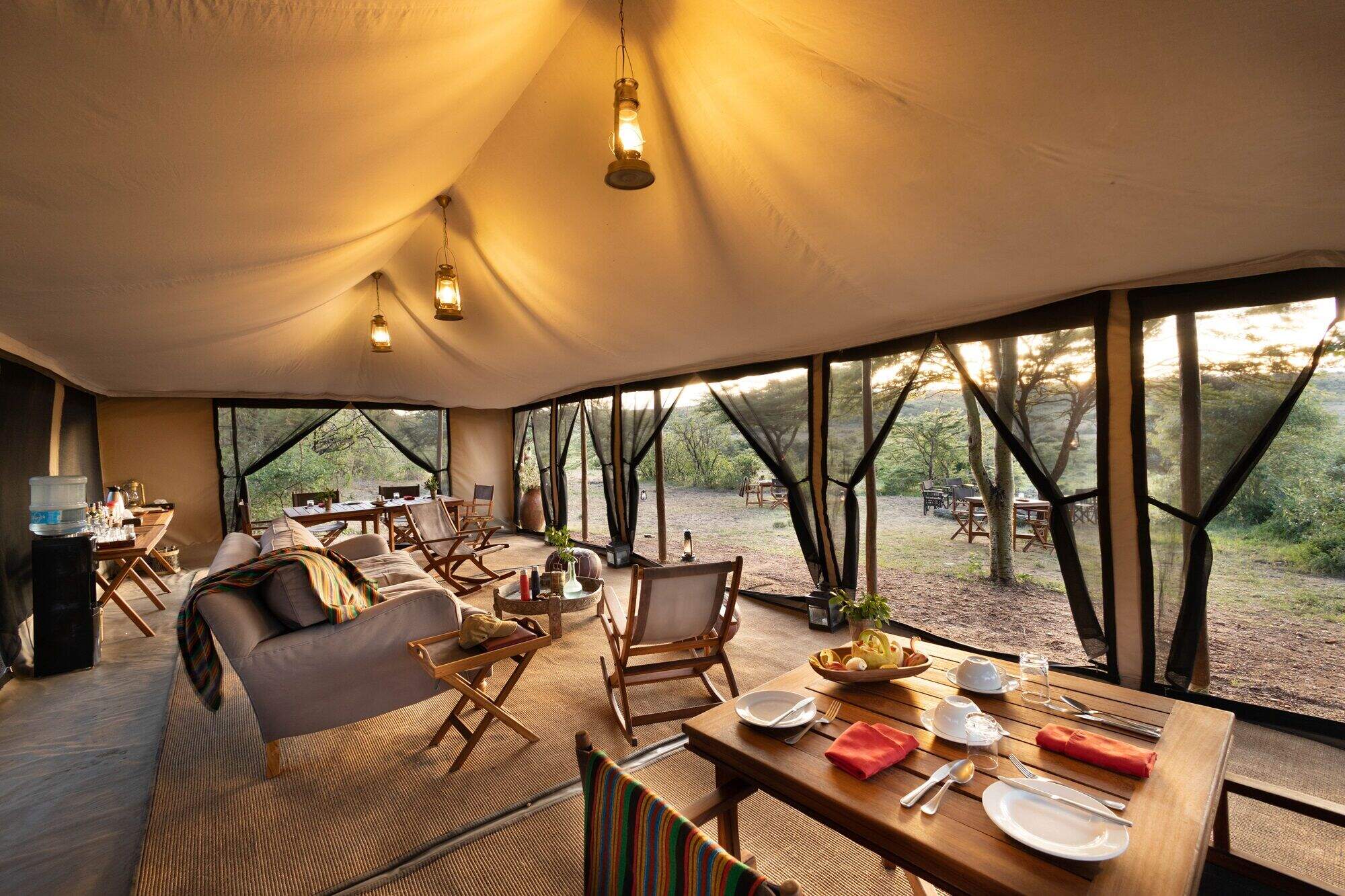
Basecamp Wilderness
Basecamp Wilderness Camp is a simple, traditional tented camp, set in a remote valley in the Naboisho Conservancy in the Mara ecoystem.
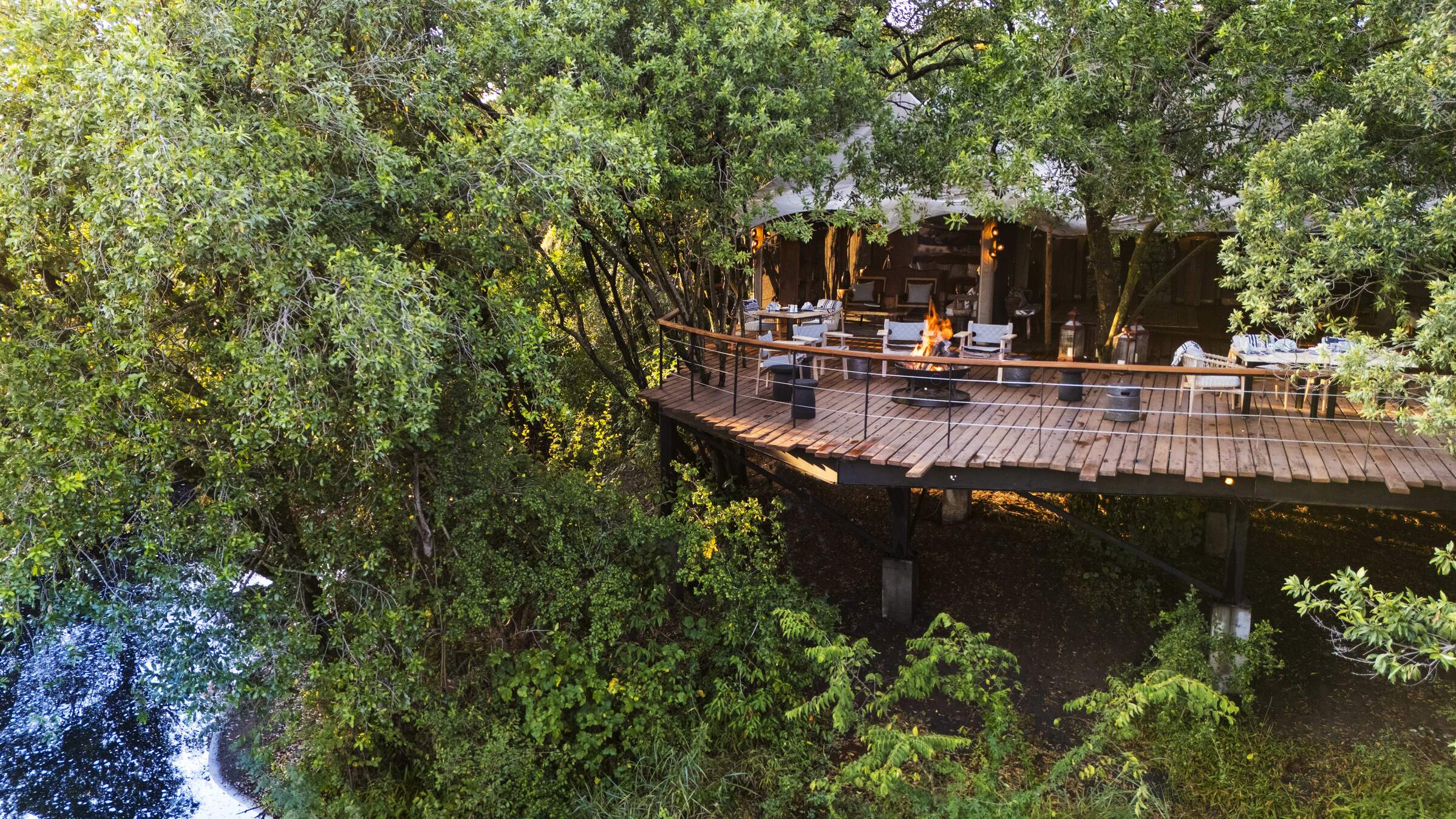
Mara Toto Tree Camp
Mara Toto Tree Camp is located on a wooded bend of the Ntiakatek River, 1km south (as the pied crow flies) from its sister camp, Mara Plains. It's the offspring of the original "Mara Toto" which was swept away in floods.
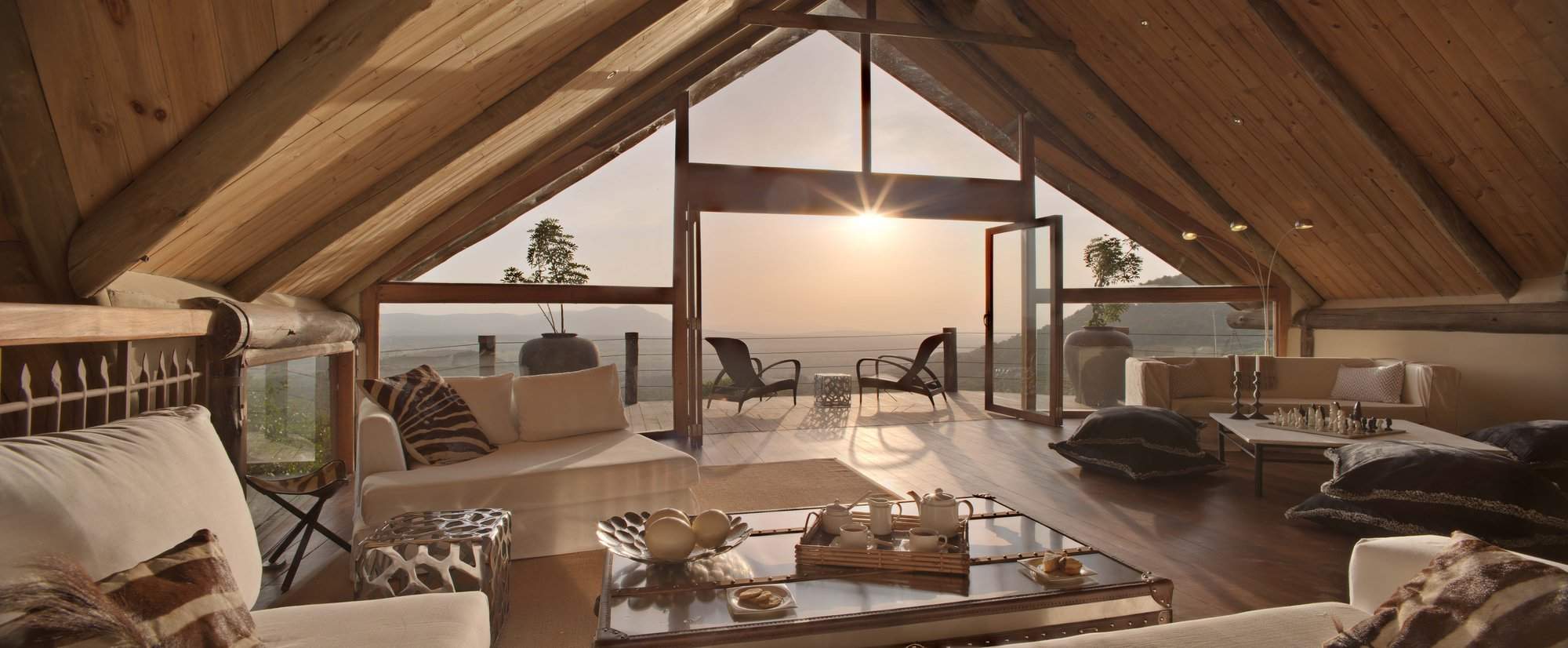
Cottars Private House
Cottar's Private House is one of the few truly luxurious, modern private houses in the Mara ecosystem, spoiling its guests with first-rate staff, a swimming pool and wonderful views.
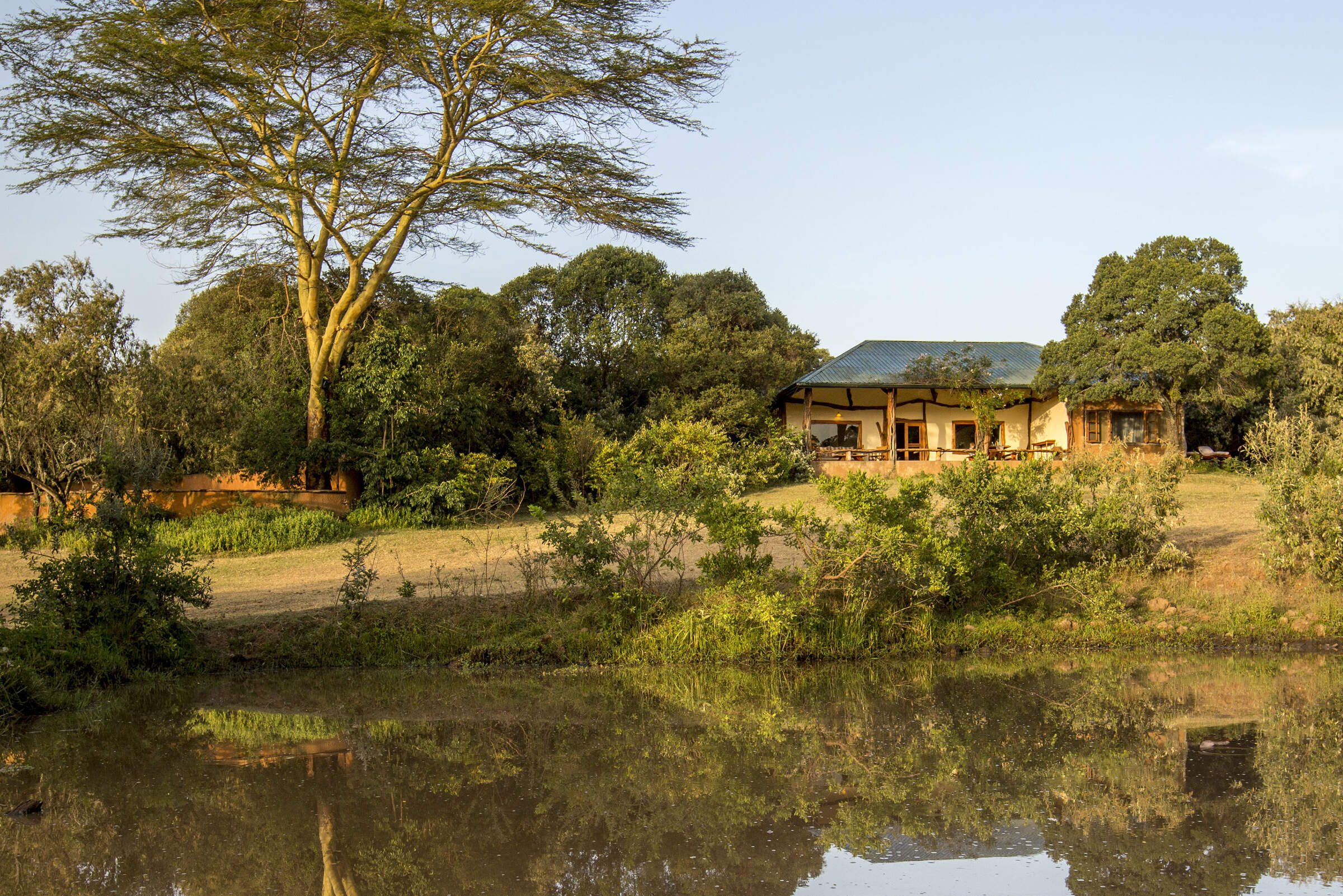
Basecamp Mara Houses
Basecamp Mara Houses consists of three private houses located in the northernmost part of the Mara North Conservancy.
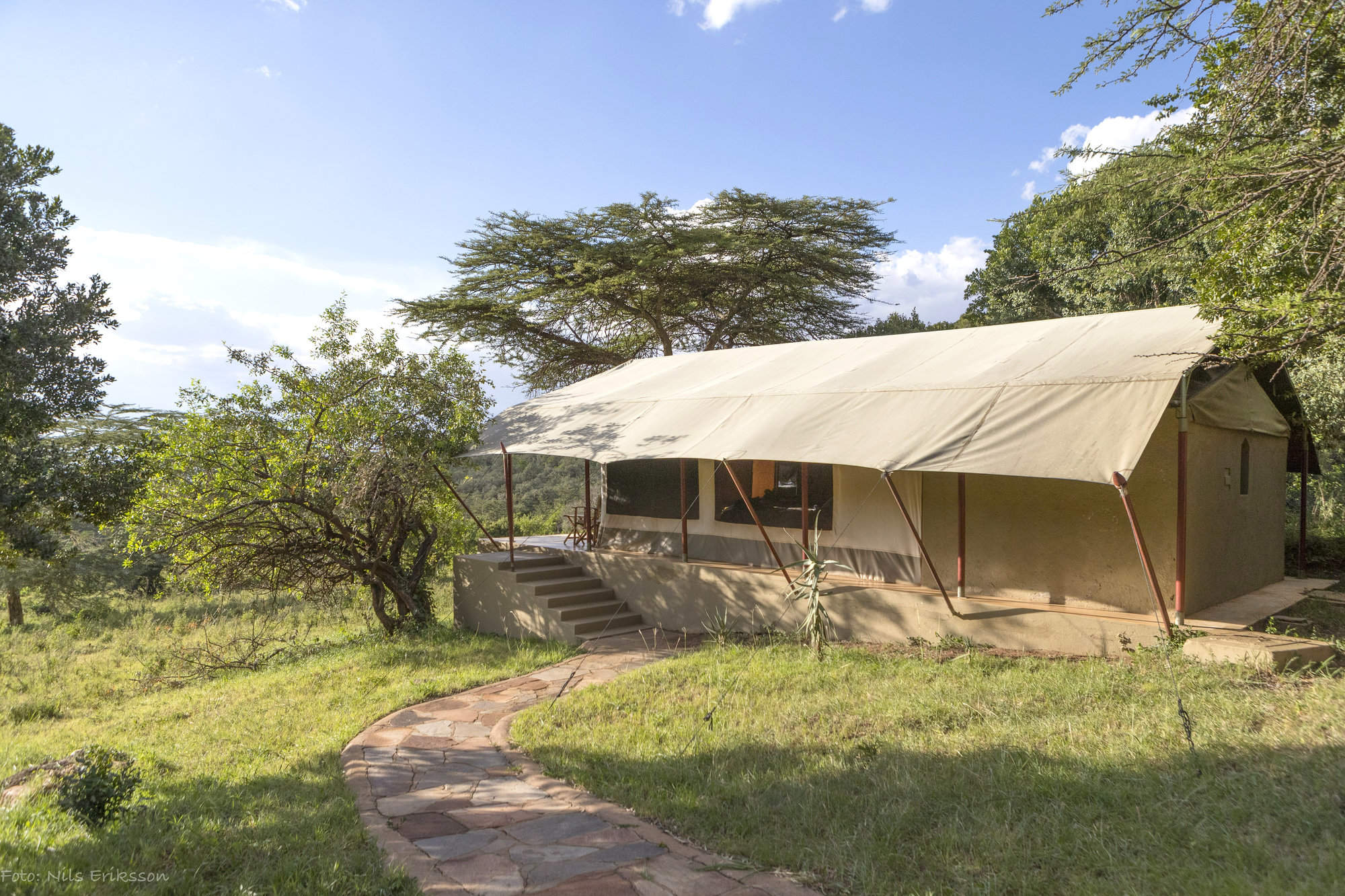
Entumoto
Entumoto is a high-end tented camp, with a swimming pool, situated in a very pretty location on the east side of the Maasai Mara ecosystem.
When to go to Maasai Mara Conservancies
Our month by month guide: What it's like to visit Mara Bushtops in Maasai Mara Conservancies
Jan
Feb
Mar
Apr
May
Jun
Jul
Aug
Sep
Oct
Nov
Dec
Kenya in January
Clear, hot days and warm nights make this high season a popular time for safaris and it’s also good for diving and snorkelling as water clarity is excellent and gets better as the dry season progresses. Most lodges and tented camps treat January after the New Year week is over, as mid-season, making it a good compromise in terms of value for money with reasonably reliable, dry weather and some greenery left in the landscape.
Expert Africa bases its description of climate and weather in January, like the other months of the year, on the climate records of roughly the last 100 years, and it's fair to say that the weather and seasons since the beginning of this century have been highly irregular and unpredictable.
- On average, January is the second driest month of the year
- Elephants dig waterholes in the dry riverbed in the Samburu reserve.
- Wildebeest and many antelope have their calving season, to February.
- Migrant birds are seen in huge numbers, especially in the Rift Valley.
- Sea water clarity around the coral reefs generally good.
Our view
Fantastic: the very best time to visit
Weather in January
Kenya in February
With the short dry season well established, the grass grazed down and wildlife gathering close to water points, this is still a good time for a safari. Good water clarity in the Indian Ocean's coastal waters makes for excellent diving and snorkelling conditions.
Expert Africa bases its description of climate and weather in February, like the other months of the year, on the climate records of roughly the last 100 years, and it's fair to say that the weather and seasons since the beginning of this century have been highly irregular and unpredictable.
- On average, February is the driest month of the year.
- It’s sometimes possible to swim with whale sharks at Diani Beach.
- Migrant birds are still seen everywhere, especially near water.
- This is usually peak calving season for wildebeest and many antelopes.
- This month is often the hottest of the year, especially on the coast.
Our view
A very good time to visit
Weather in February
Kenya in March
Hot, increasingly humid weather – with good diving and snorkelling conditions at the start of the month – gives way to rains and lower accommodation costs. Expert Africa bases its description of climate and weather in March, like the other months of the year, on the climate records of roughly the last 100 years, and predicting the seasons since the beginning of this century has been difficult.
March is the month when – traditionally – intensely hot conditions build up until a cloudburst finally happens at the end of the month or in early April, to relieve the humidity. As ever, regional variations across the country can greatly impact on visitors' experiences.
- Sea-water clarity is best for diving before the long rains start.
- Visitor numbers are low, though the Easter holidays can be busier.
- Night skies can be scintillatingly clear in early March.
- Cropped down savannah grasses can make it easier to see the wildlife.
- Temperartures climb high, especially at lower elevations.
Our view
A good time to visit, with pros & cons
Weather in March
Kenya in April
April sees the full onset of the southeast monsoon wind or kusi, which heralds the long rains. Temperatures drop soon after the rains are established and you’ll often have facilities largely to yourself in this more affordable low season, sometimes known as the "green season". The bush quickly springs to life, with greenery sprouting almost before your eyes. While you're likely to get a fair number of heavy showers, the breaks in the rain can yield sparklingly clear conditions.
With the dust settled and bright sun piercing the clouds, conditions can be sublime for photography, especially first thing in the morning or in the late afternoon with another storm brewing. You may be lucky, or you may find conditions very wet and muddy.
- A wet month, the coast often gets more than 300mm (12in) of rain.
- Sunny spells can provide great light for photography.
- Buffalo and zebra calving season often happens in this month.
- Baby crocodiles hatch, for example on Central Island in Lake Turkana.
- Palearctic migrant birds gather to fly north to breeding grounds.
Our view
A time to avoid if possible
Weather in April
Kenya in May
While game viewing can be trickier as vegetation runs riot, between the cloudbursts the colours and light are great for photography at this time of year. Expert Africa bases its description of climate and weather in May, like the other months of the year, on the climate records of roughly the last 100 years, and while it's reasonable to expect heavy rains in many parts during this month, especially on the coast, the rains don't always come evenly or in some areas come at all.
In an El Niño year, the so-called long rains that normally are established across much of the country by May can be meagre, to the despair of farmers. On the other hand in a La Niña year, the long rains can bring floods. On the coast, the monsoon winds make the climate much more predictable, with heavy rains common throughout this month.
- Frogs breed in the ponds in the Arabuko Sokoke Forest near Watamu.
- Wildebeest, impala and other grazers are in rut (the breeding season).
- Kilimanjaro looks its best as heavy rain falls as snow on the summit.
- There's a sharp peek of rainfall on the coast with many rainy days.
- Accommodation prices are uniformly low, while some camps close.
Our view
A time to avoid if possible
Weather in May
Kenya in June
The rains give way to cloudy, cooler weather, often making for comfortable conditions by the end of the month, especially in the highlands. Starting from mid-June or the beginning of July and running until the end of October, this is the high season, and accordingly has higher accommodation rates and – at least until early September – higher numbers of visitors.
While the early part of June can often be rainy on the coast, it can be a great time to go on safari, with fresh greenery, many young animals and good photographic conditions with clear air.
- The Taru Desert, inland from the coast, is carpeted with flowers.
- The Lake Turkana Cultural Festival is held in Loiyangalani.
- Madaraka Day (commemorating self rule) is 1 June.
- The annual Lewa marathon runs a course through the wildlife.
- The Diani Rules "sports" event rips up the rulebook at Diani Beach.
Our view
A good time to visit, with pros & cons
Weather in June
Kenya in July
Kenya’s “winter" season sets in (winter is a misnomer but locals feel the change), and the highlands can be rather grey. Skies are often cloudy and the days can be surprisingly cool, with an average daytime high in many highland safari areas of 15-20°C and night-time temperatures dropping below 10°C in Nairobi and the highlands. Lower parts of the country and the coast are usually warm and dry, typically reaching highs of around 25°C with lows in the high teens.
As this is the start of the high season, coinciding with the usual arrival of the wildebeest migration in the Maasai Mara, July is a busy month. Ask your Expert Africa specialist to advise on how to avoid the crowds, which is not that difficult to do.
- The wildebeest migration usually reaches the Maasai Mara in July.
- Simbi Lake (Kisumu) and Crater Lake (Naivasha) can attract flamingoes.
- Watersports start to pick up and some surfing is possible at Malindi.
- Afternoon thunderstorms are a common feature in the Maasai Mara.
- The sea can be choppy along the coast, making diving difficult.
Our view
A good time to visit, with pros & cons
Weather in July
Kenya in August
The Great Migration fills the plains of the Maasai Mara, and school’s out, so the park roads are full of tourists – ask your Expert Africa specialist for advice on crowd avoidance tactics. Choose a private conservancy rather than a public national park or national reserve for quieter conditions.
Like July, August is generally mild and relatively dry in the safari areas, but it can be very chilly in the highlands, even in the middle of the day, and hail occasionally falls above altitudes of around 2,400m (8,000ft). Nairobi can be disappointingly overcast, with low cloud.
- Apart from Christmas holidays, this is the busiest month of the year.
- Late August sees peak wildebeest drama at the Mara River crossings.
- Coastal winds are good for kite- and wind-surfing.
- Few mosquitoes are around at this generally dry time of year.
- The annual Camel Derby takes place in the Samburu capital, Maralal.
Our view
A good time to visit, with pros & cons
Weather in August
Kenya in September
The skies clearing of cloud signals the start of hot, dry weather with little chance of rain – and, after the first few days of the month, far fewer visitors – making the latter part of September a good time for a quieter safari. While early September is often good for dramatic migration crossings along the Mara River, you might consider deliberately postponing your trip until later in the month, when the migration can still be very impressive and visitor numbers fewer.
If tourist surges are somewhat predictable, however, the patterns of the wildebeest migration are more volatile, and like all of Expert Africa's climate and weather assessments, they are based on accumulated years of experience rather than guaranteed certainty.
- This is still high season, with prices to match.
- Many river crossings take place on the Mara river in both directions.
- Natural bush fires flush out insects and small animals for predators.
- The Rift Valley Music Festival takes place by Lake Naivasha.
- With school holidays over by early September, late-month is quieter.
Our view
Fantastic: the very best time to visit
Weather in September
Kenya in October
Still hot, mostly dry and not too busy, this is many people’s preferred month for a safari, and it’s also good for diving and snorkelling. The wildebeest and zebra herds of the great migration are often still to be seen, though in dwindling numbers. The swamps of Amboseli attract thirsty wildlife including large herds of elephants.
While we wouldn't expect much rain across most of the country this month, the climate has become so unpredictable that you can never say never, and the possibiity of the short rains – usually associated with November to mid-December, starting early, can't be discounted.
- This month sees the tail end of the great migration in the Mara.
- Palearctic migrant birds start to arrive, staying until March.
- Turtle nests hatch at Watamu, until November.
- Amboseli elephants focus on the swamps for their daily water.
- The Indian Ocean monsoon winds turn from southeast to northeast.
Our view
A very good time to visit
Weather in October
Kenya in November
The northeast monsoon wind or kaskazi heralds the start of the “short rains", usually some time in the second half of the month. From November to mid-December, this is the low season, and accordingly has lower accommodation rates and lower visitor numbers. Across most of the country you can expect warm, somewhat cloudy weather, with occasional heavy showers and localised flooding.
Expert Africa bases its description of the climate in November, like the other months of the year, on the records of roughly the last 100 years, and it's fair to say that the seasons since the beginning of this century have been highly irregular and unpredictable: some years the short rains don't come at all, or don't reach every part of the country. In an El Niño year, the November short rains can be very heavy, but in a La Niña year, they can fail completely.
- Swimming with dolphins in Lamu can be done from now until April.
- Birders gather at Ngulia in Tsavo West to ring Palearctic migrants.
- The Lamu Cultural Festival takes over the town and Lamu Creek.
- Agricultural shows often take place regional market towns.
- This is low season, so camps can be great value, with special offers.
Our view
A good time to visit, with pros & cons
Weather in November
Kenya in December
In a typical December, the rains usually finish by middle of the month, leaving the landscape looking its best, under clear blue skies, and heralding the start of the second peak tourist season from around 20 December to the first week of January. Our assessment of the likely weather in December, like the other months of the year, is based on climate records, and it's fair to say that the seasons since the beginning of this century have been highly irregular and unpredictable.
Christmas can sometimes be wet, but most years the rains have finished a week or two earlier, with the festive season ushering in the perfect combination of clear skies and sunshine by day and starry nights.
- Christmas and New Year are busy, with the lodges and camps full.
- Rates are highest after 24 Dec, with supplements on public holidays.
- Republic Day and Independence day are celebrated on 12 December.
- Good kite- and wind-surfing restarts, with strong northeasterly winds.
- Mango season begins, providing excitement for primates and elephants.
Our view
A good time to visit, with pros & cons
Weather in December

Looking for inspiration on where to travel next?
Visit our trip chooser to explore your options and find inspiration for your perfect African adventure
Inspire me